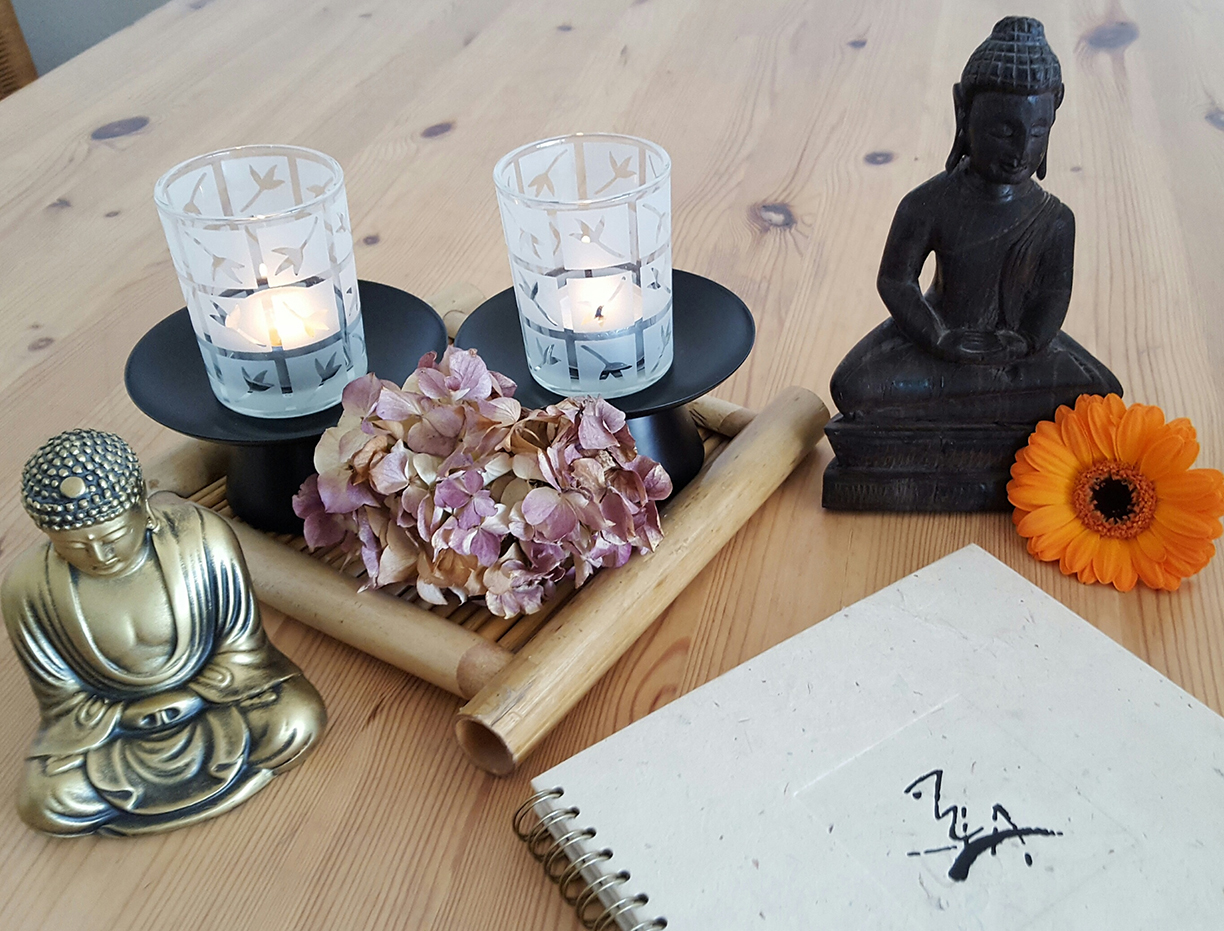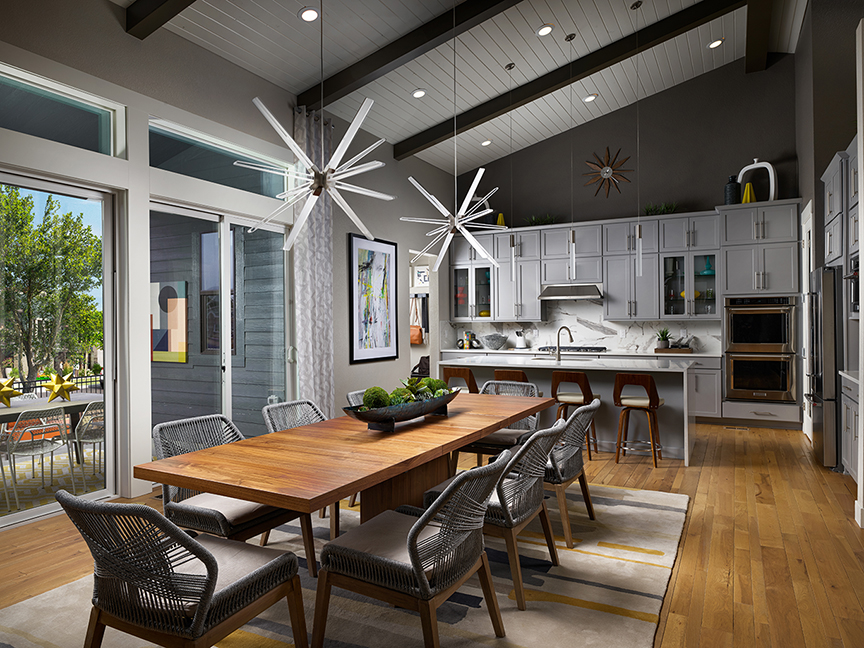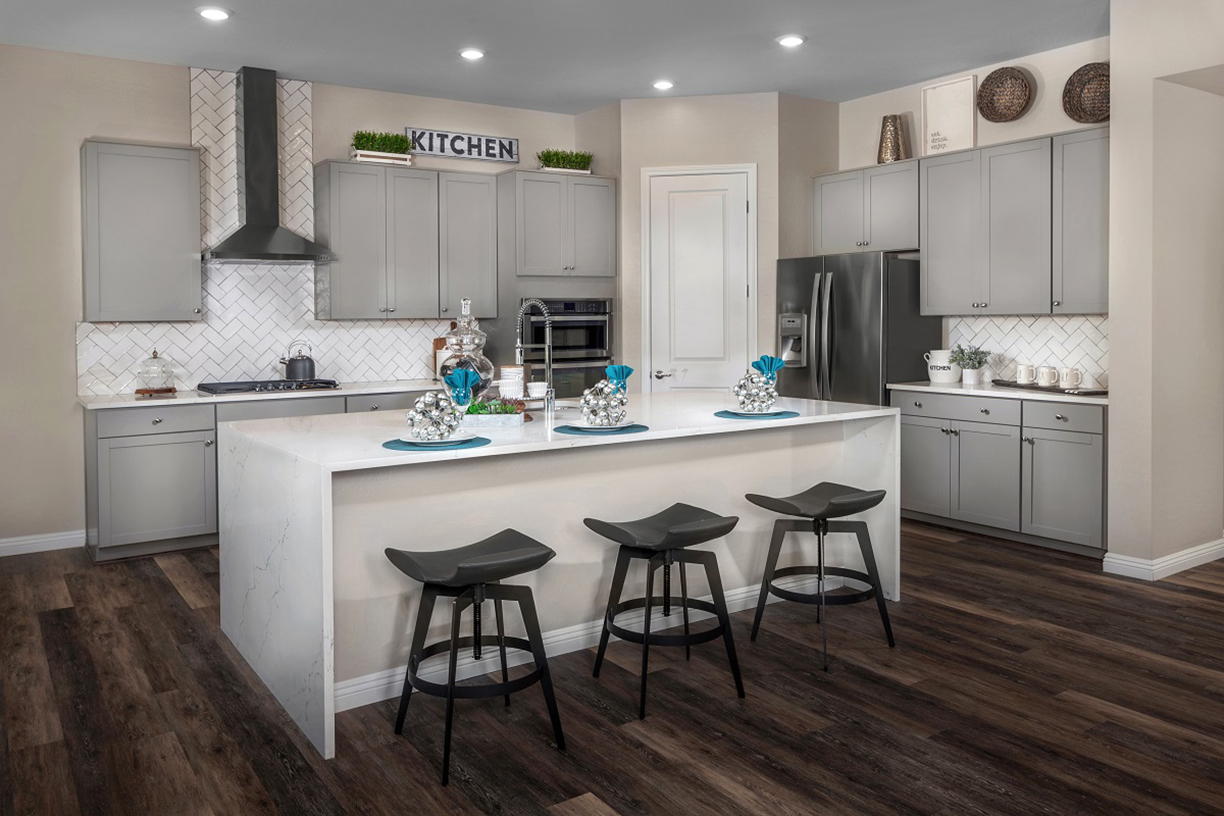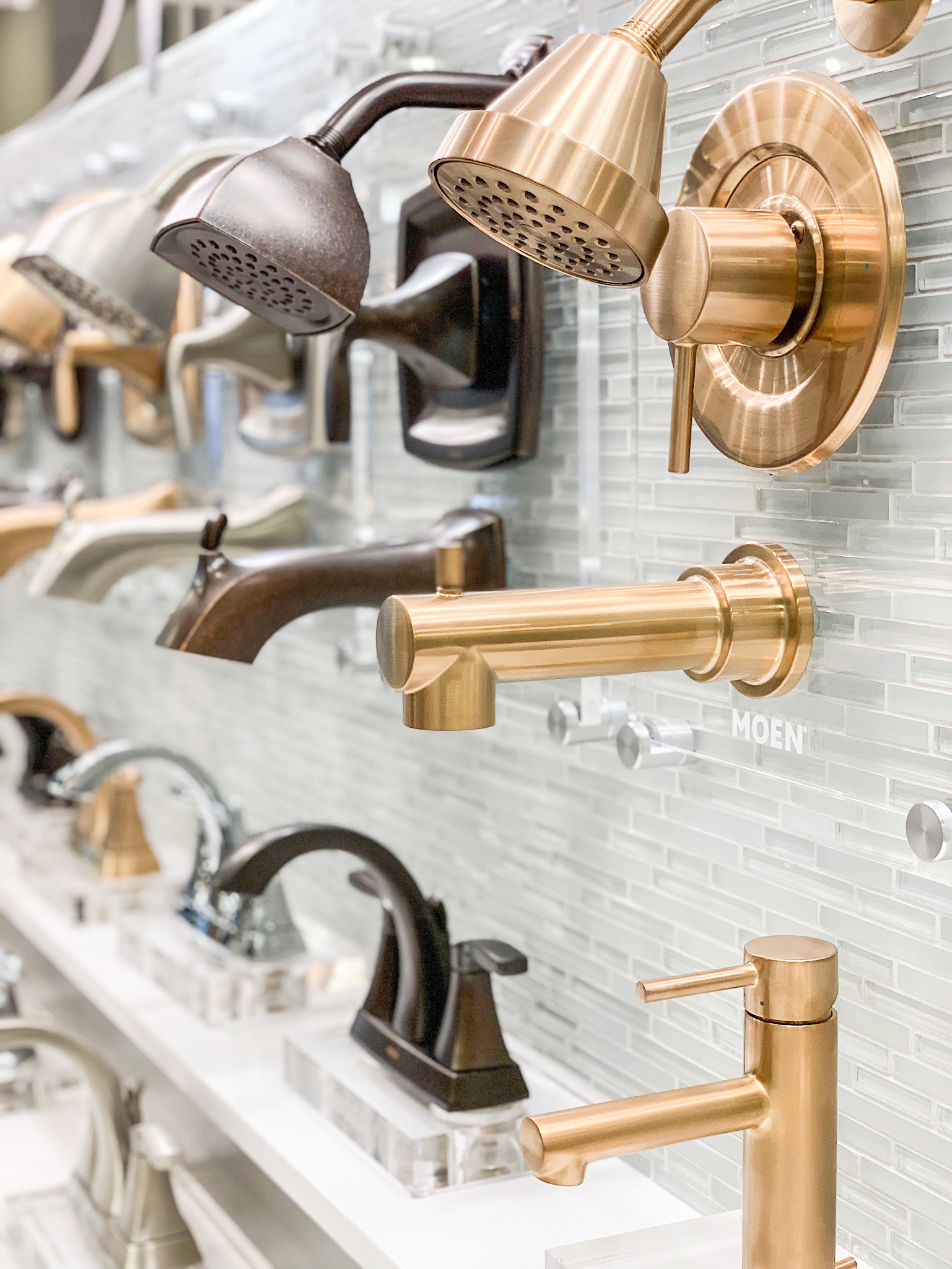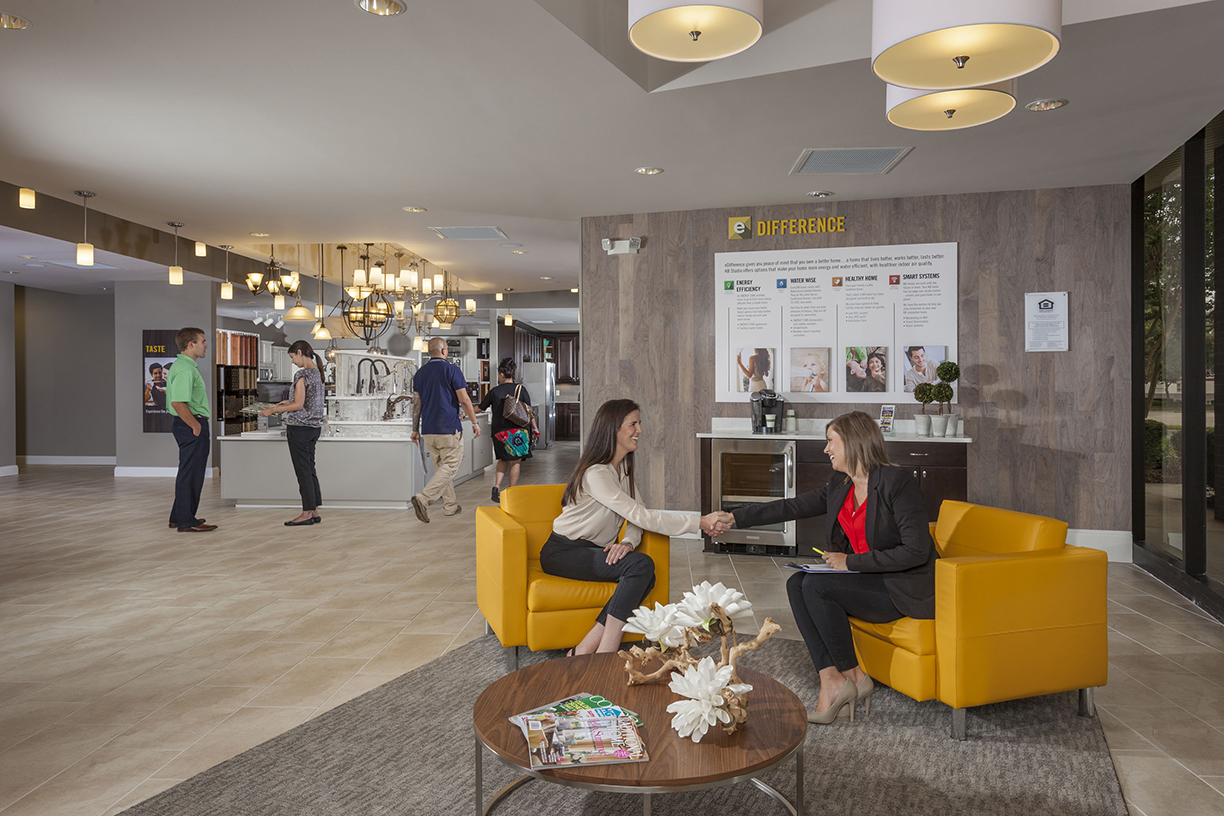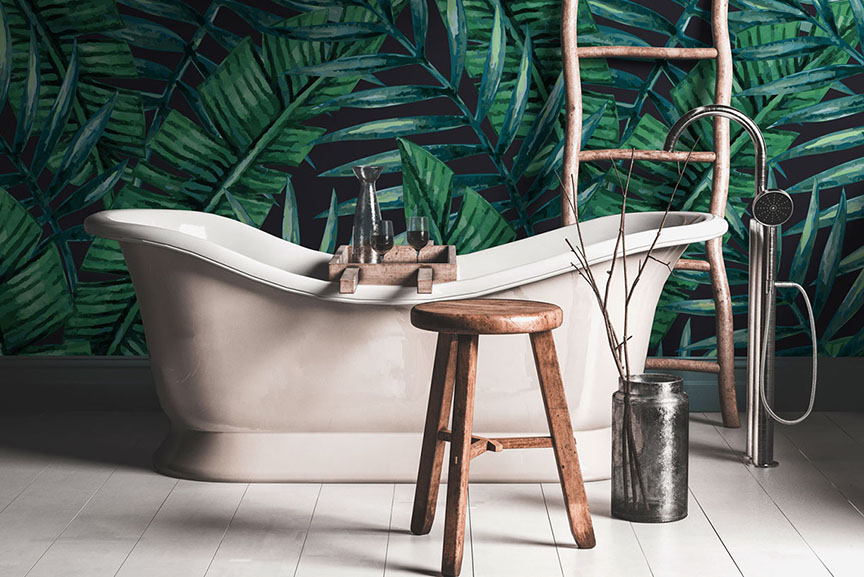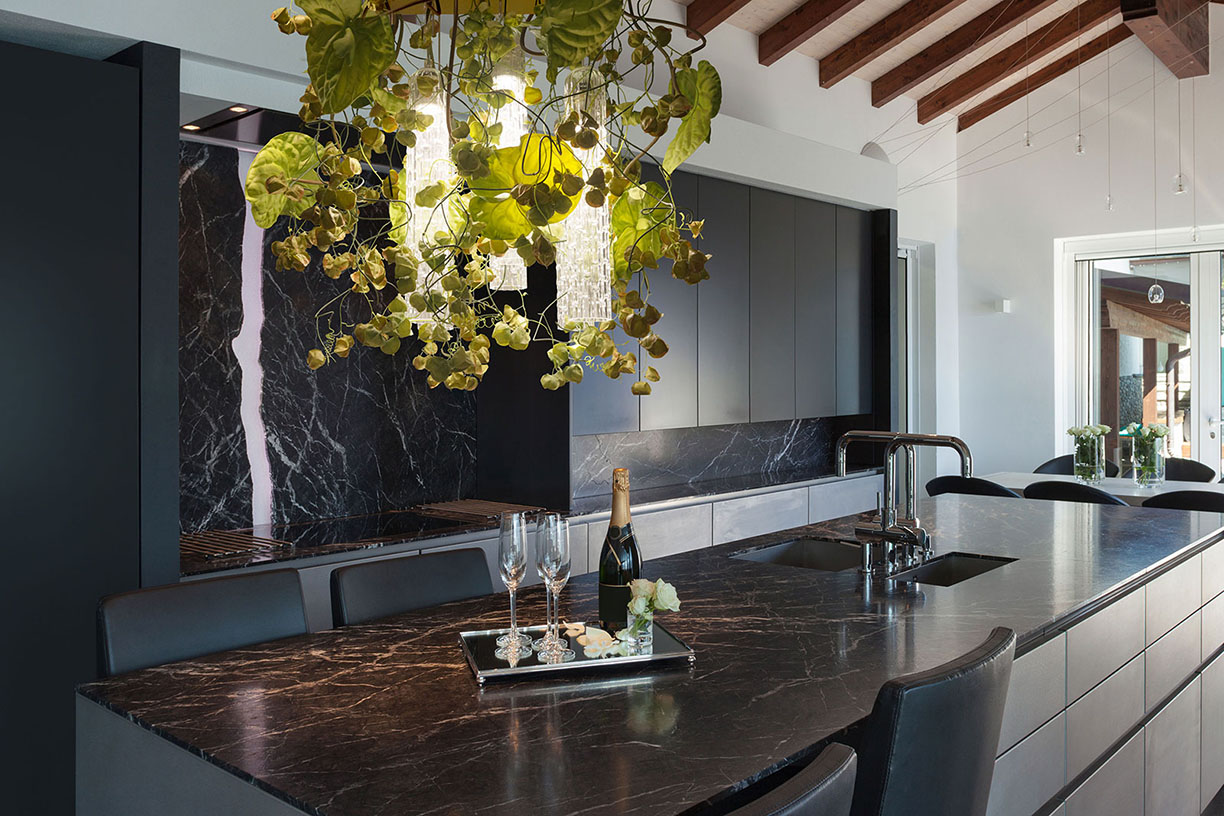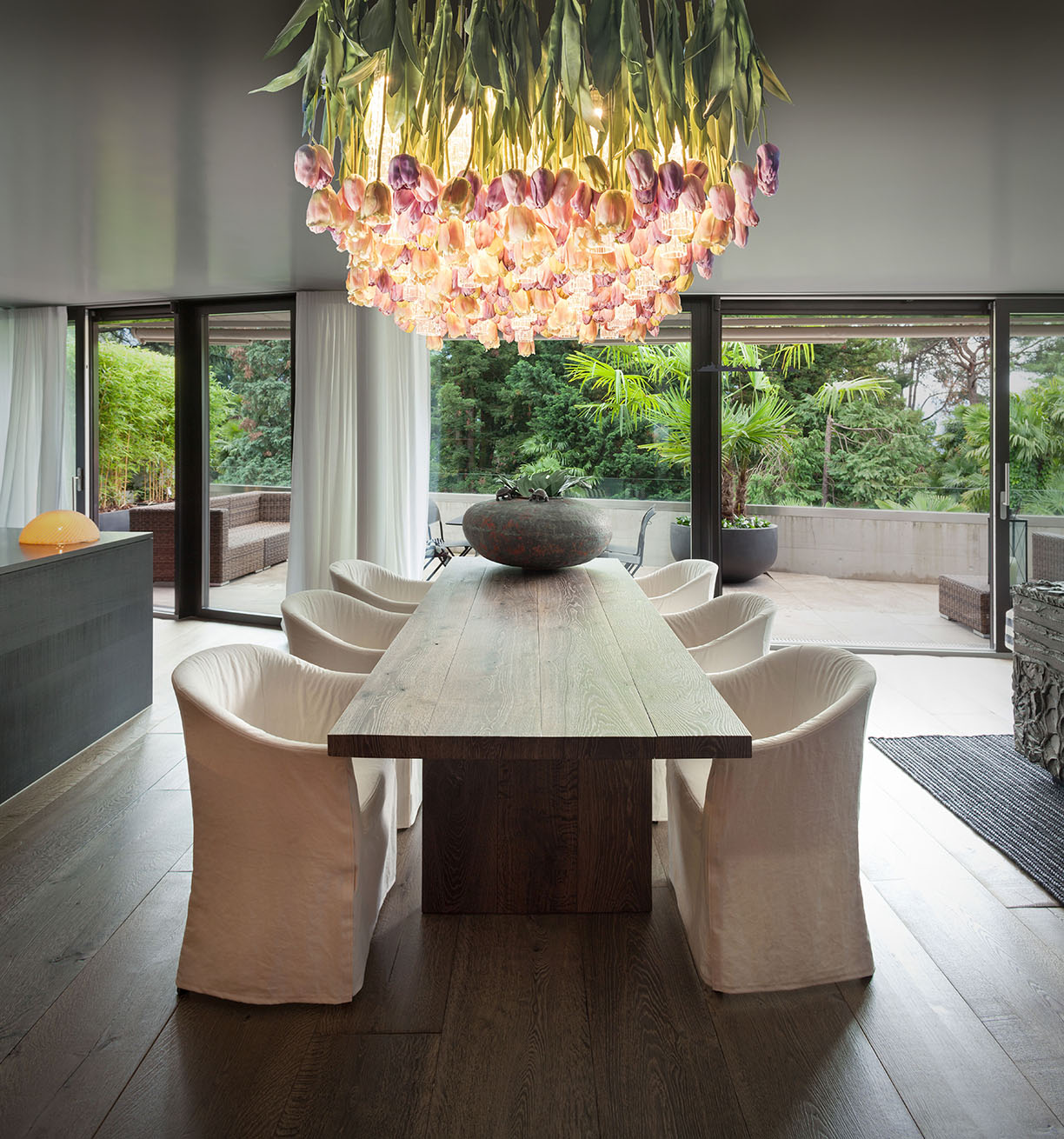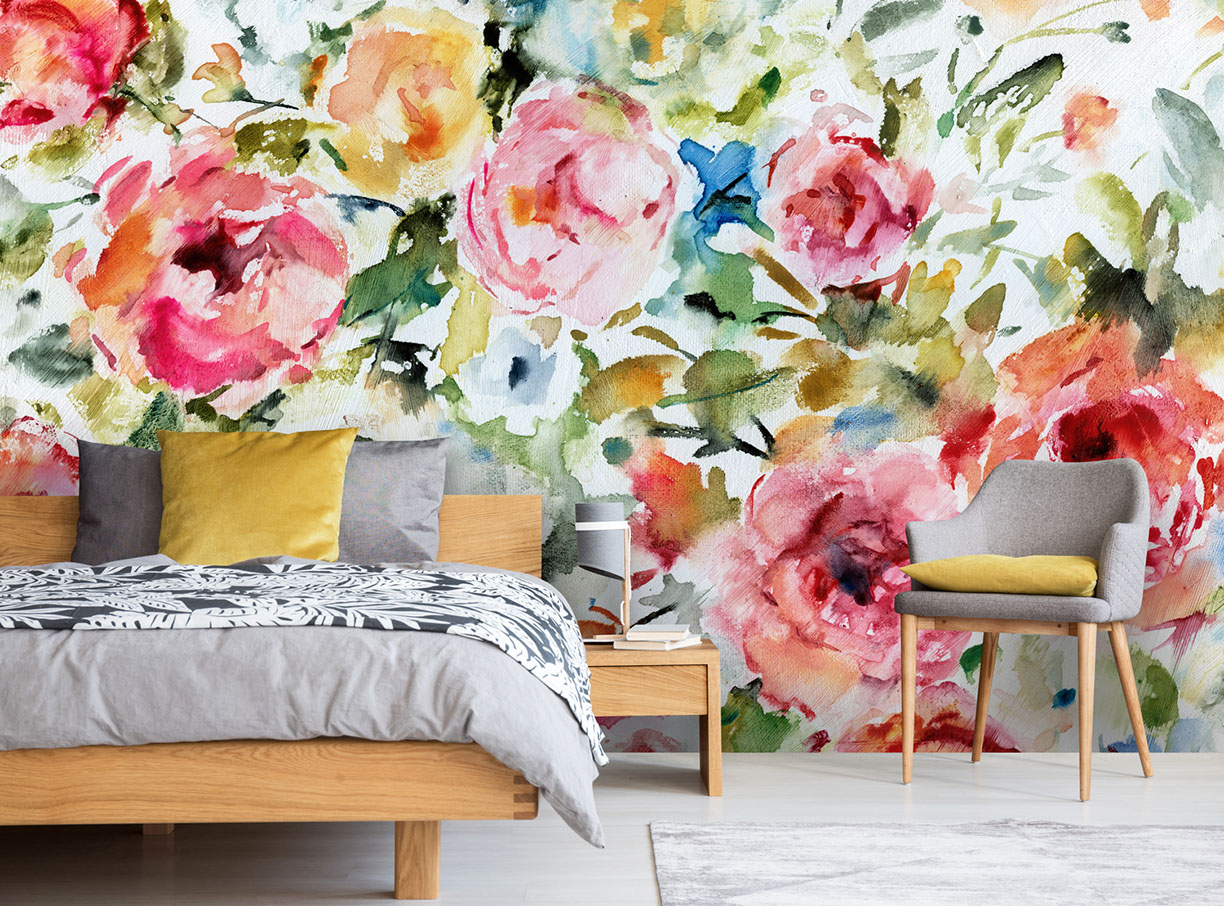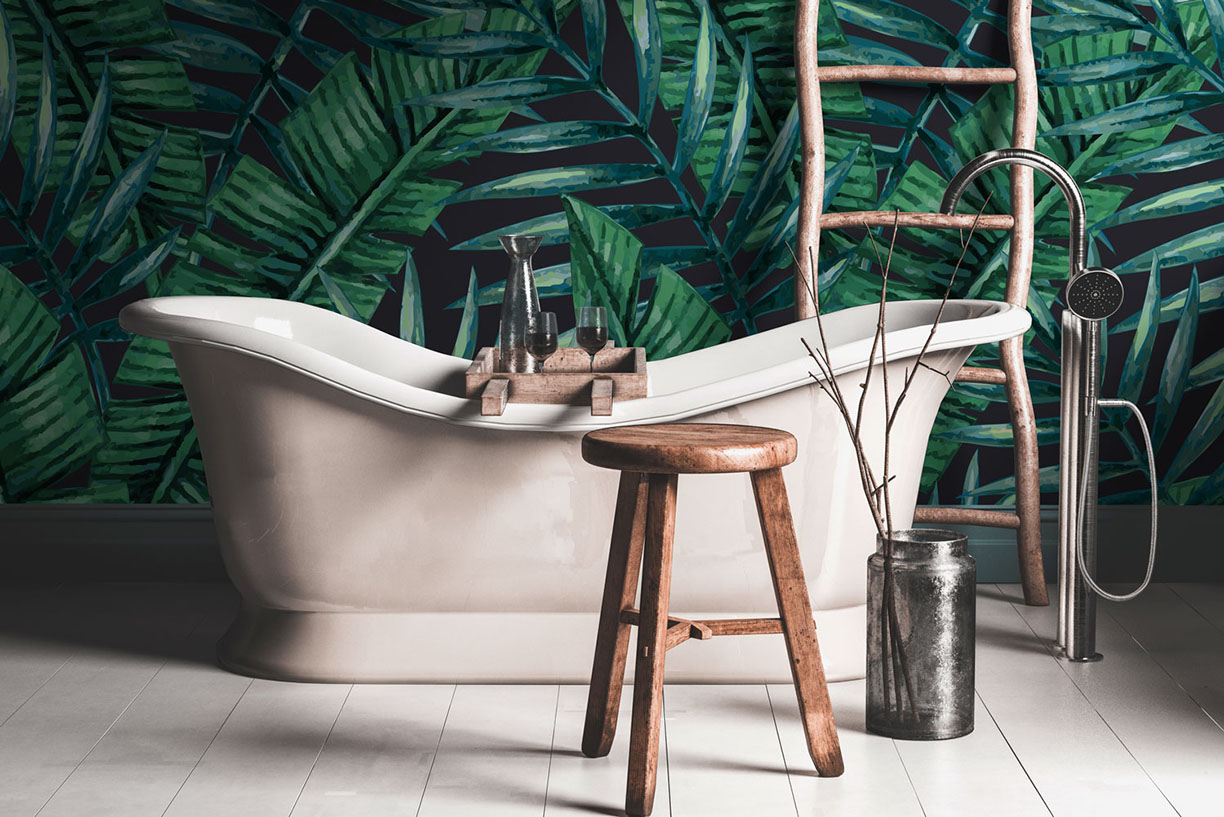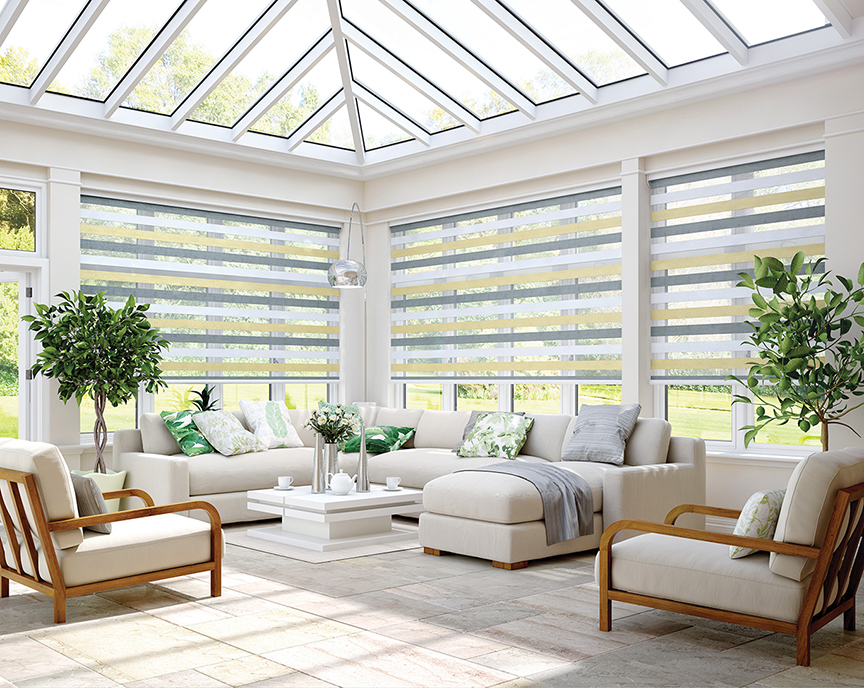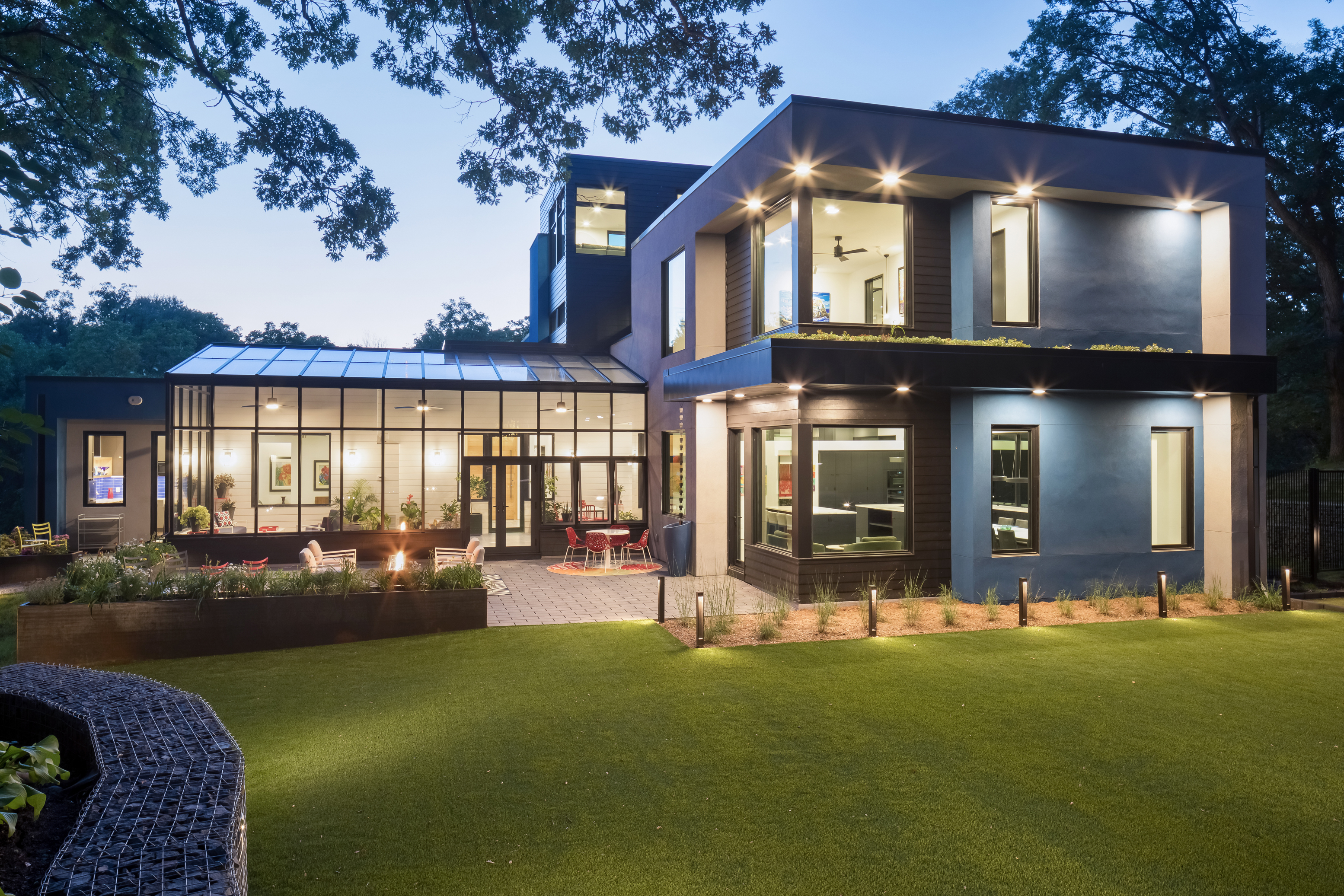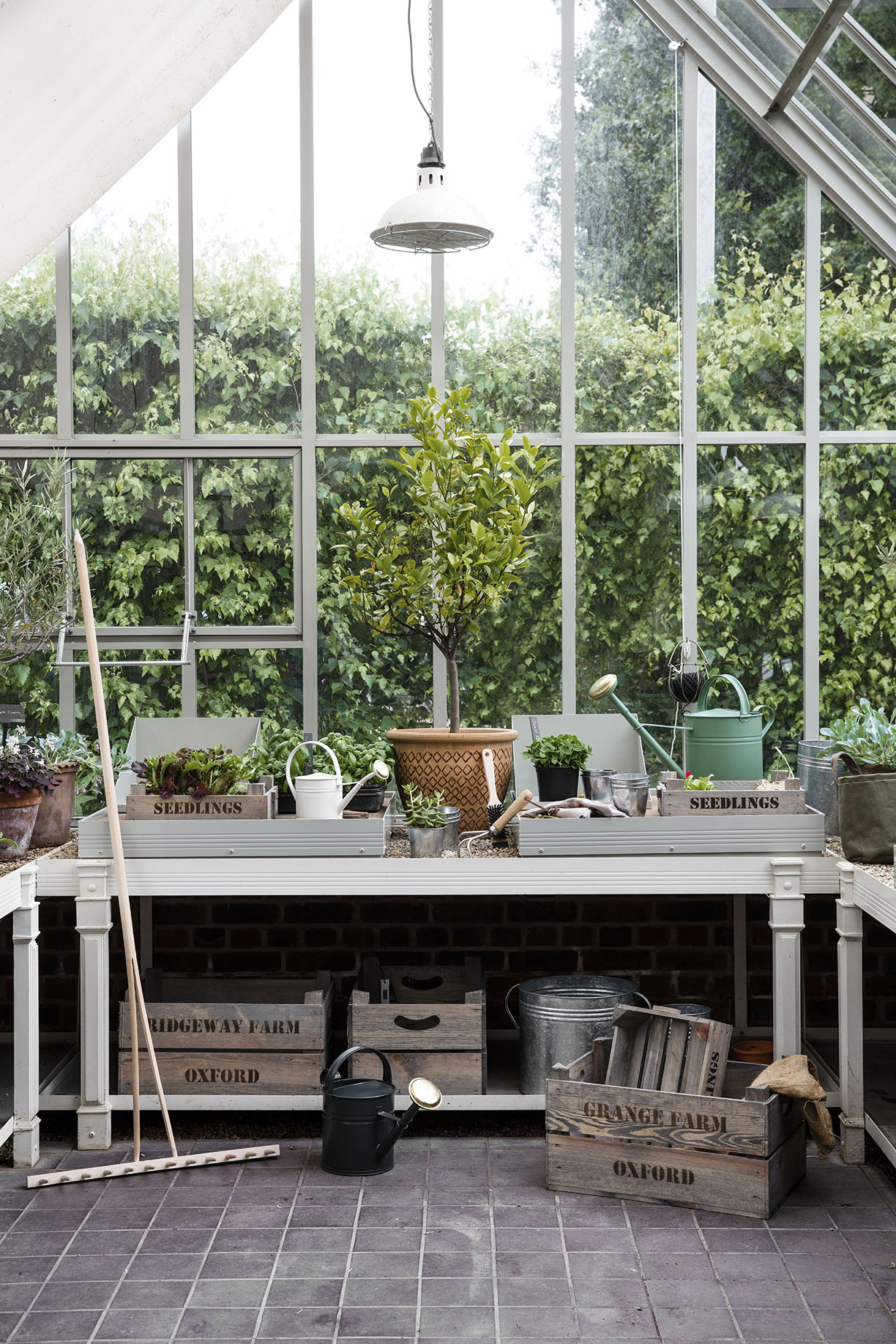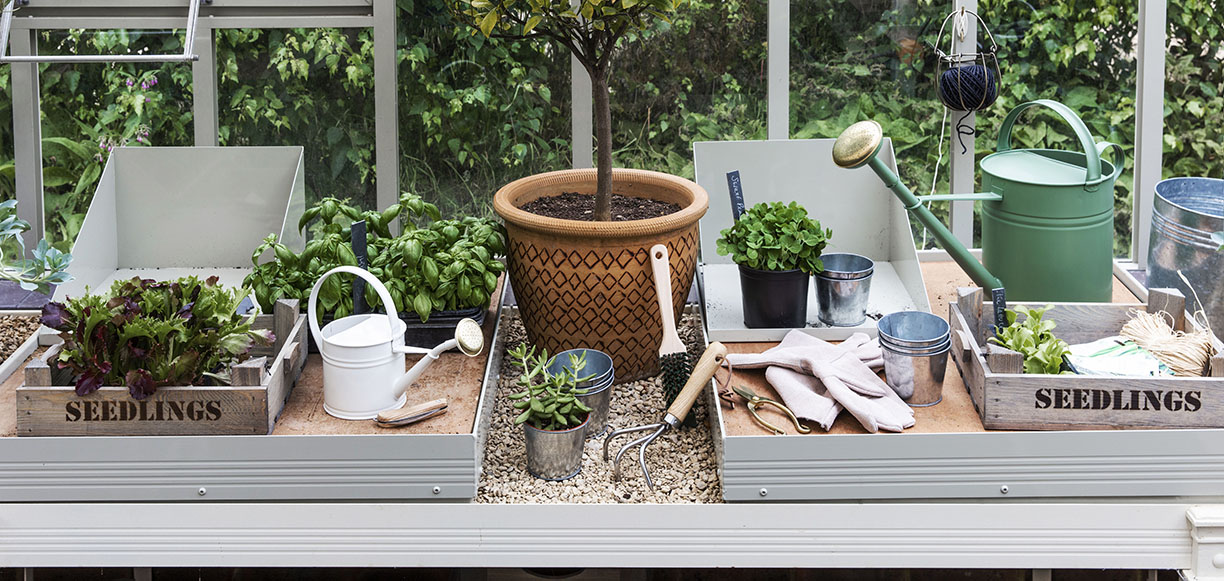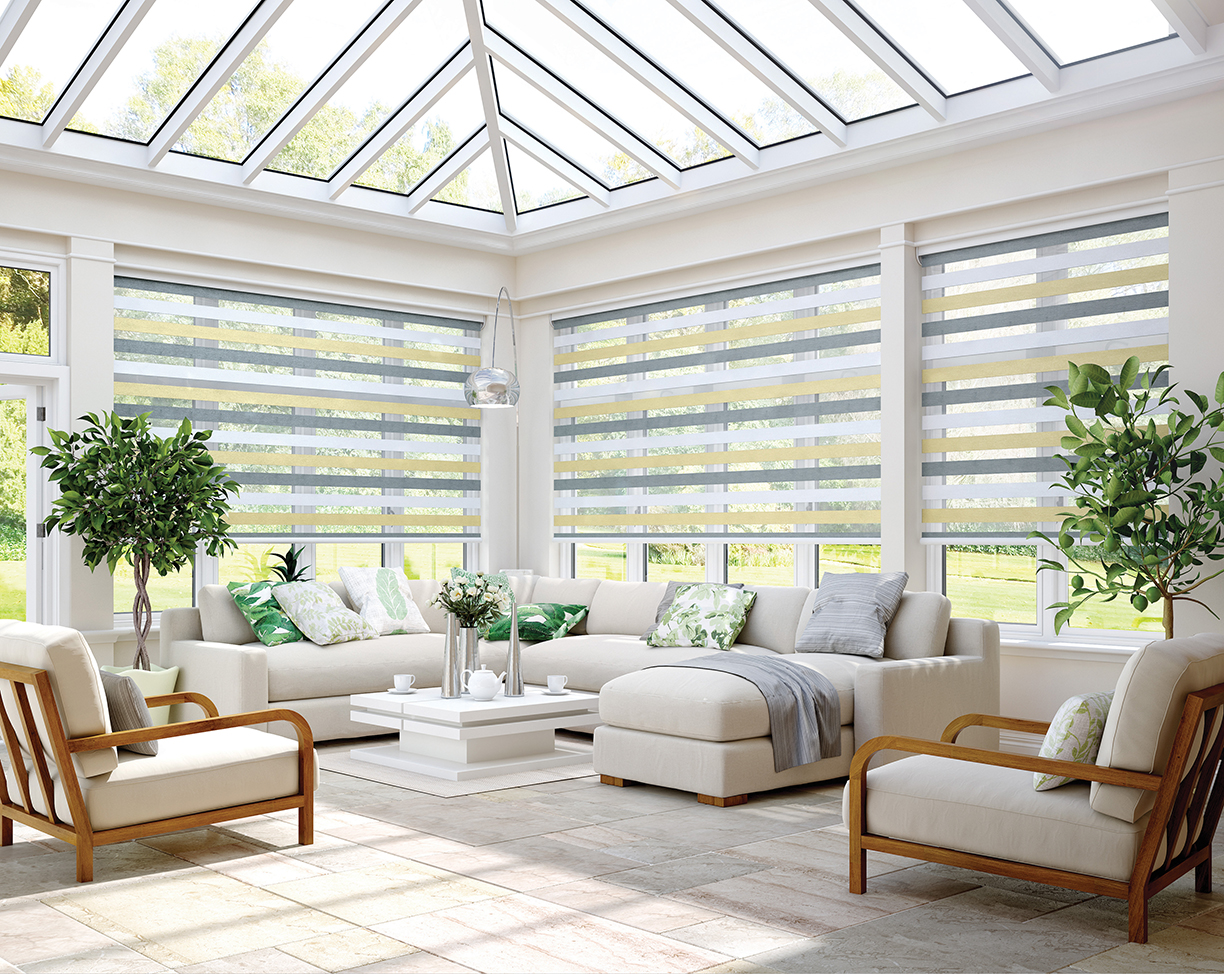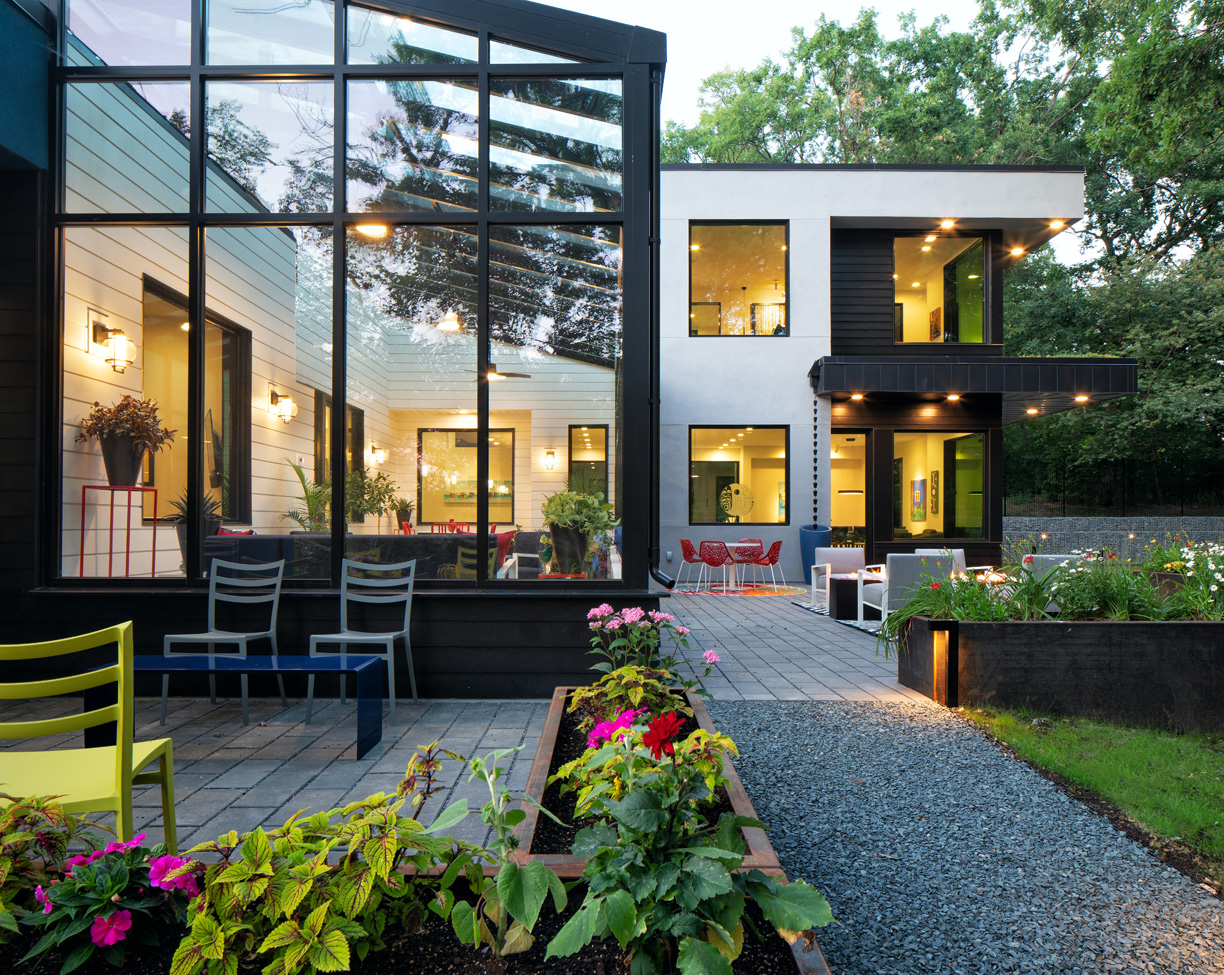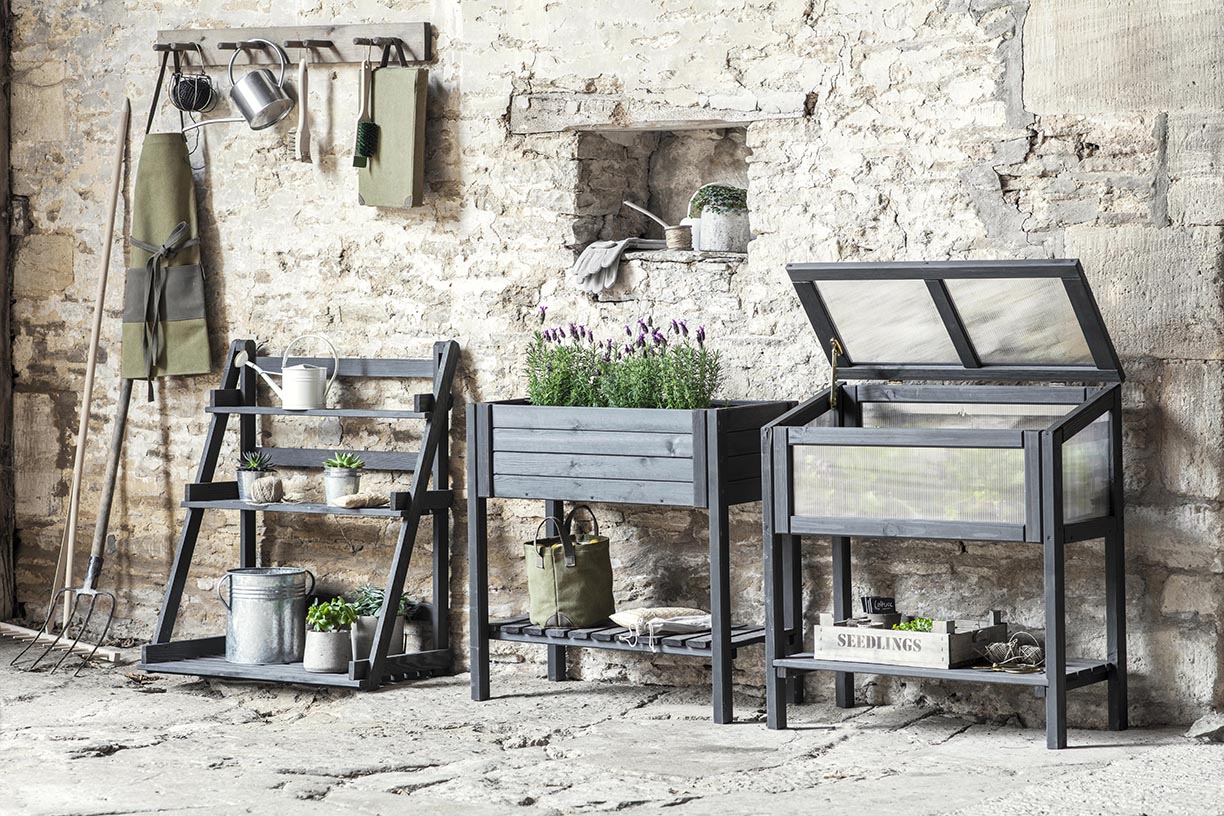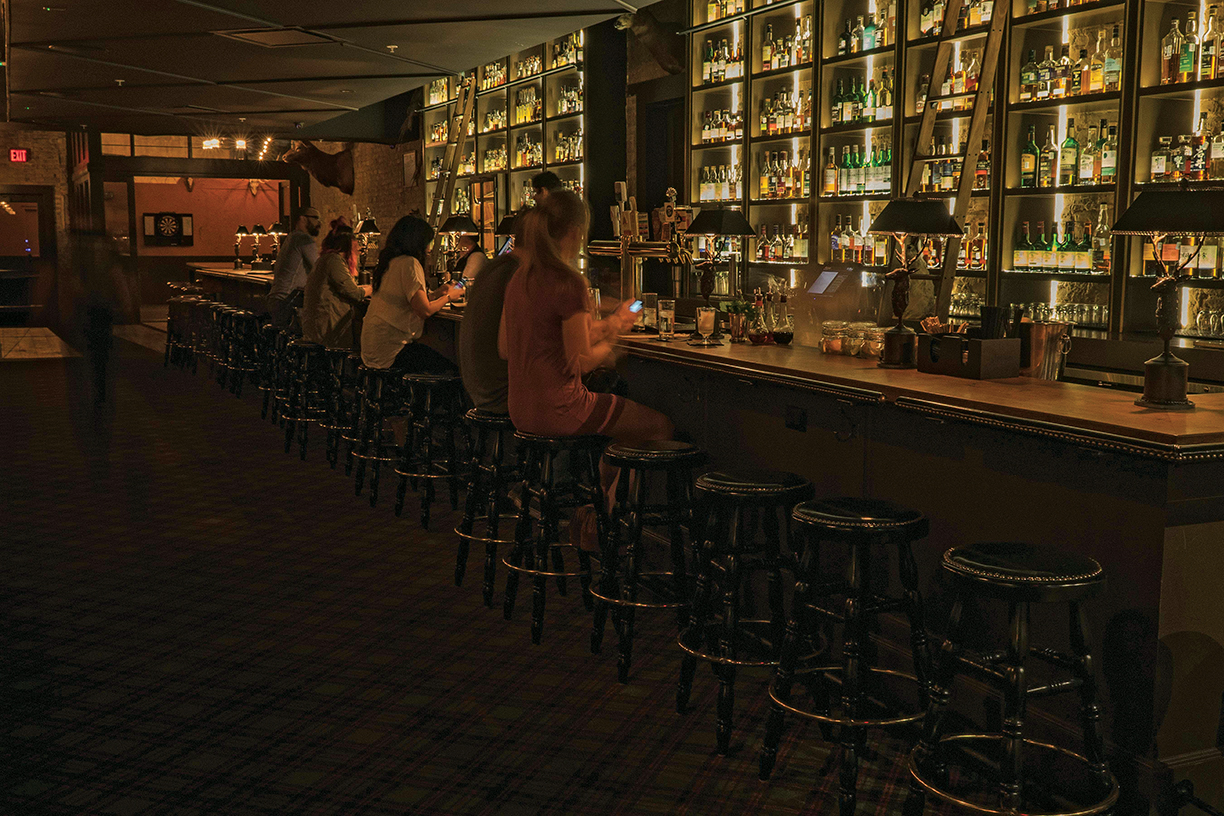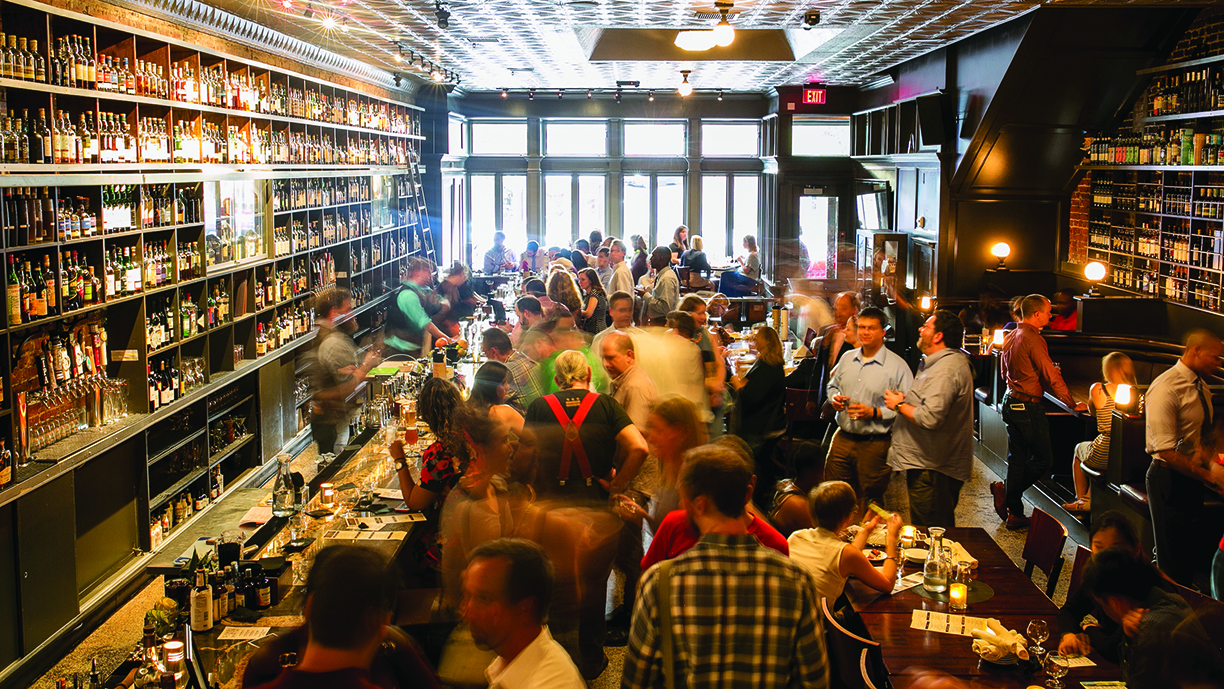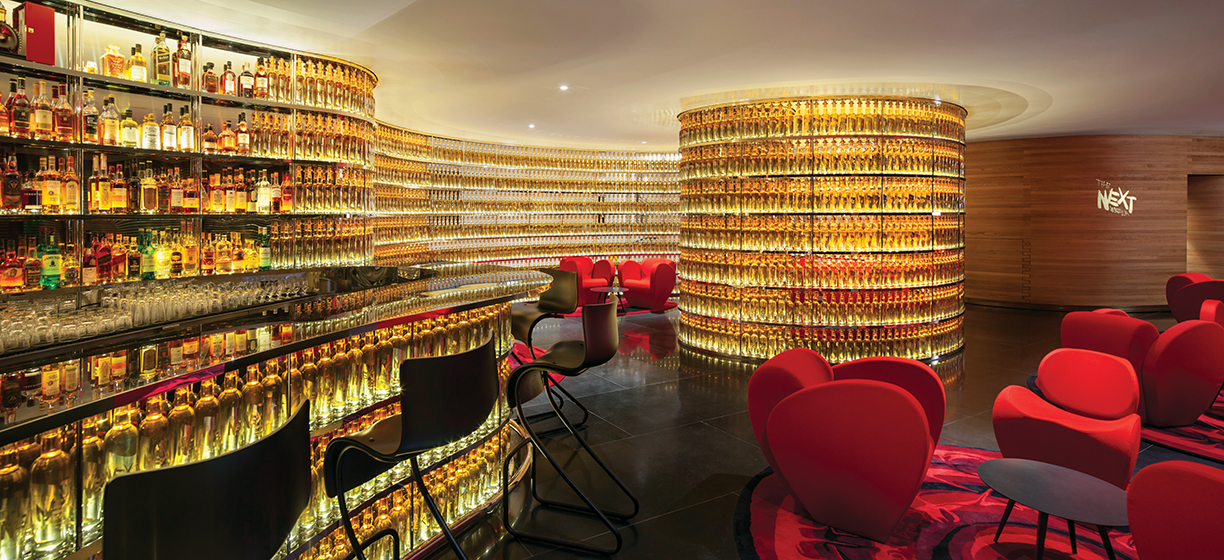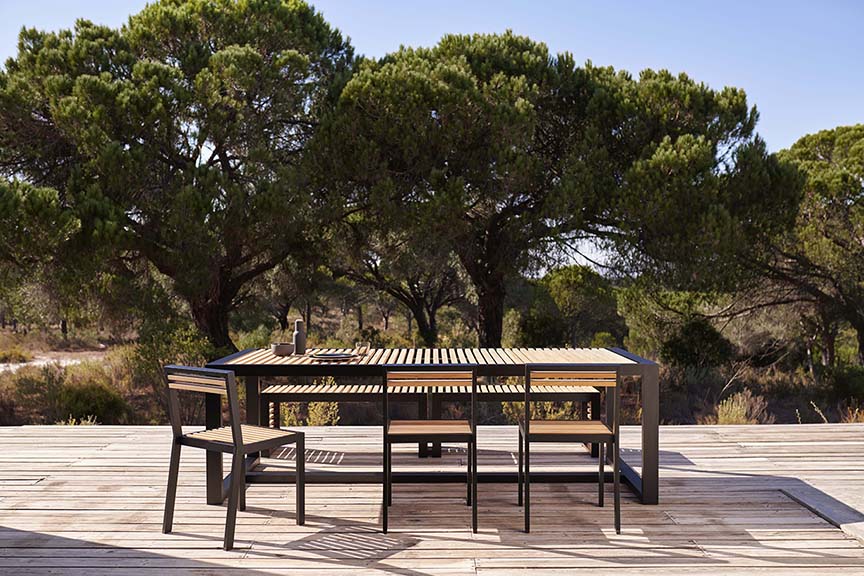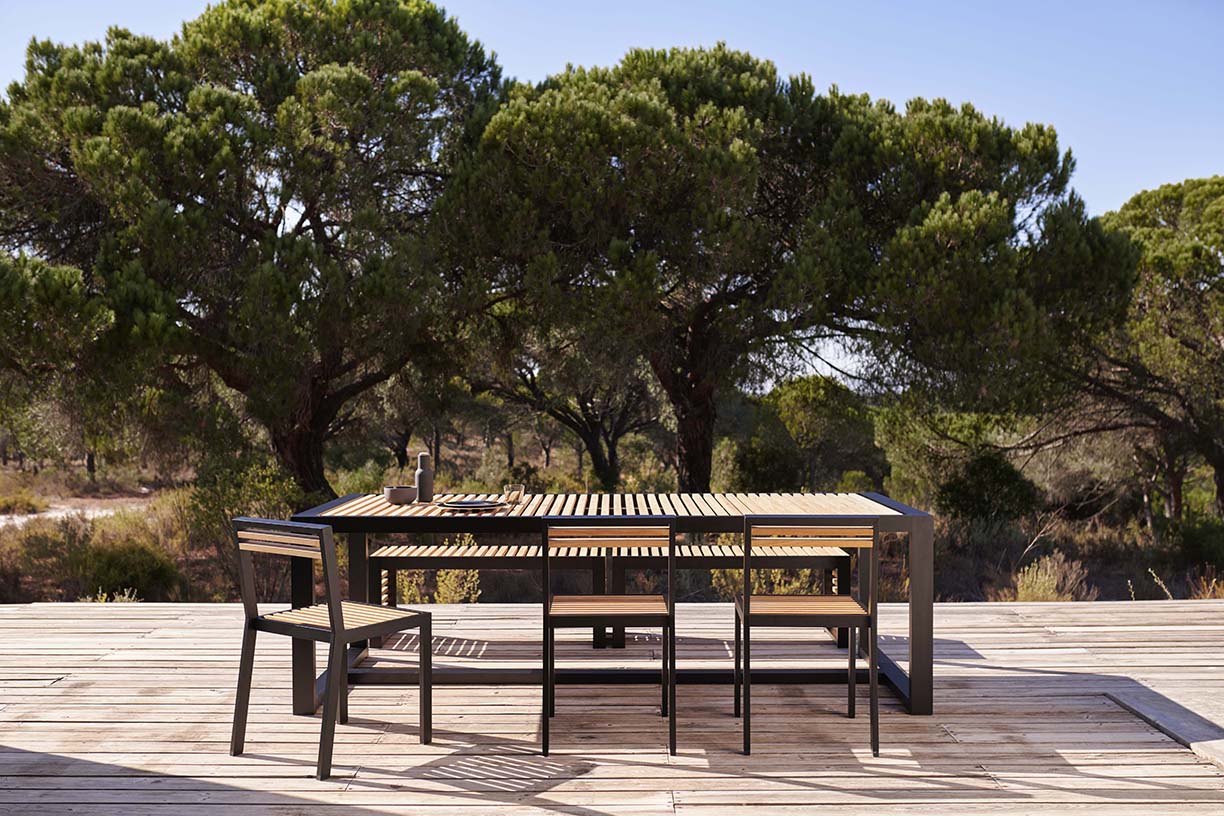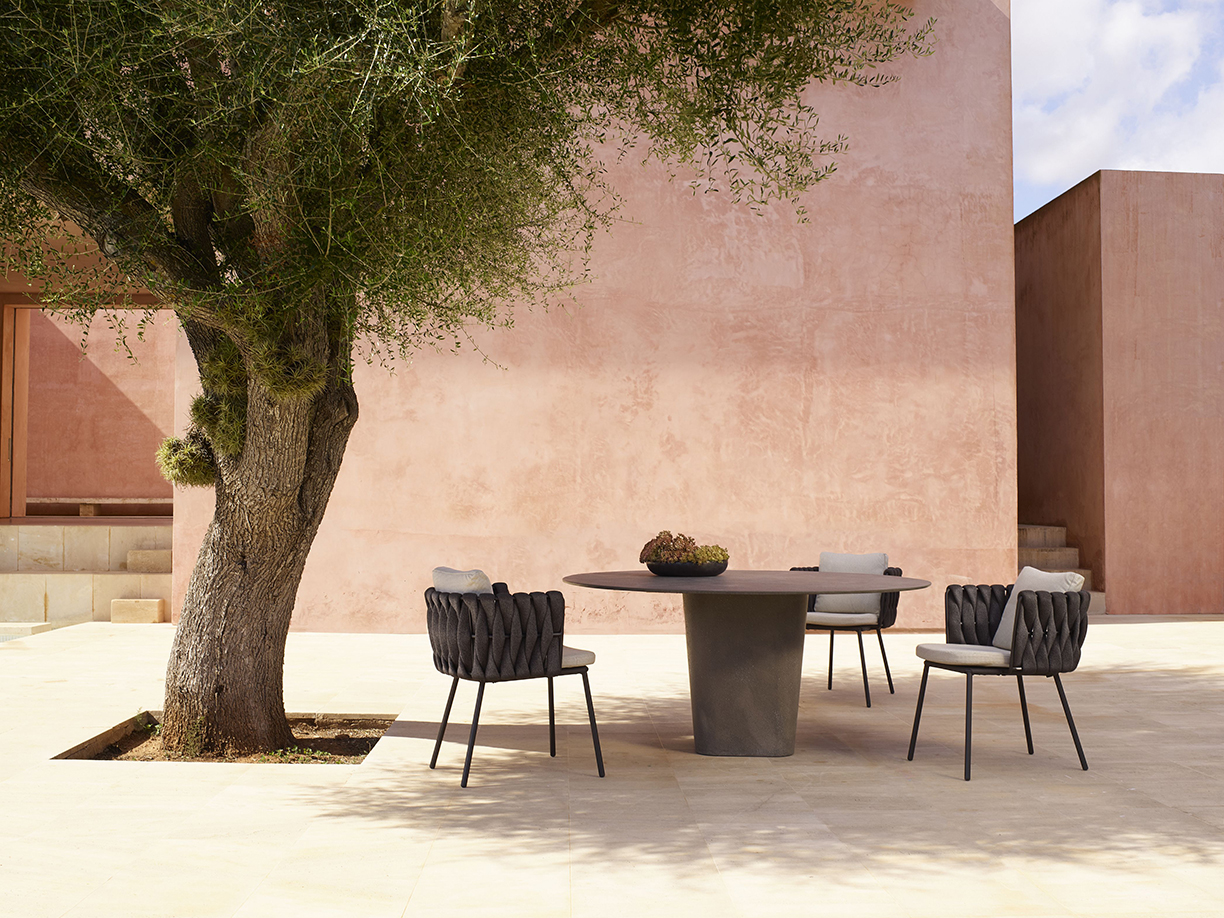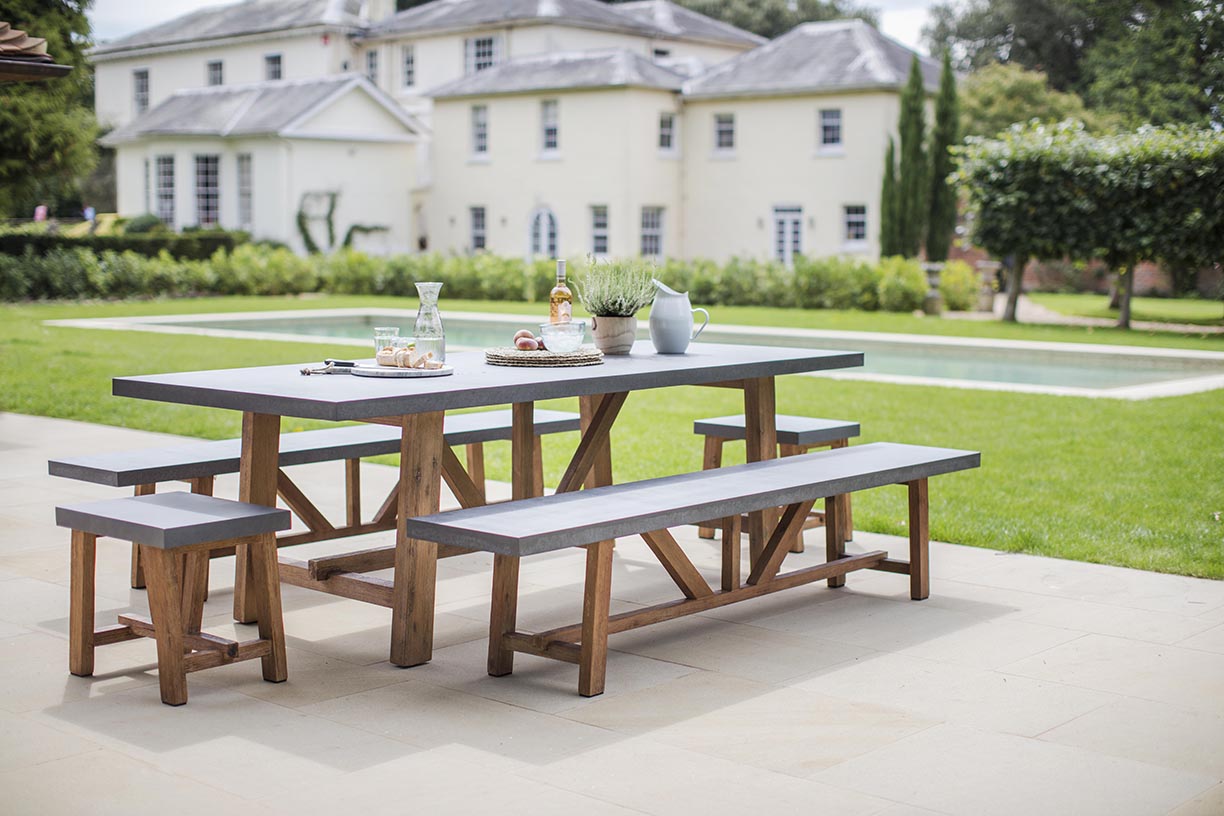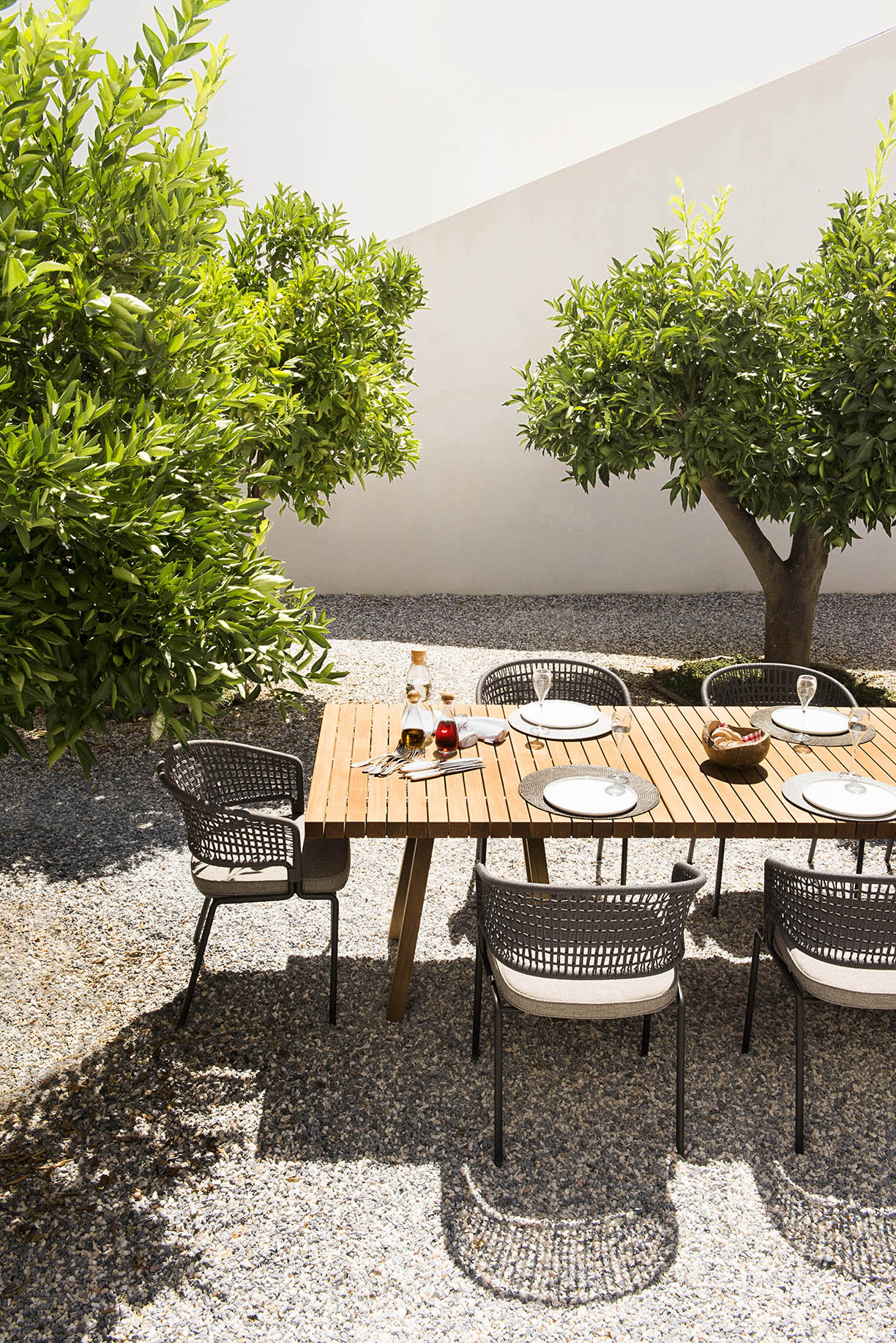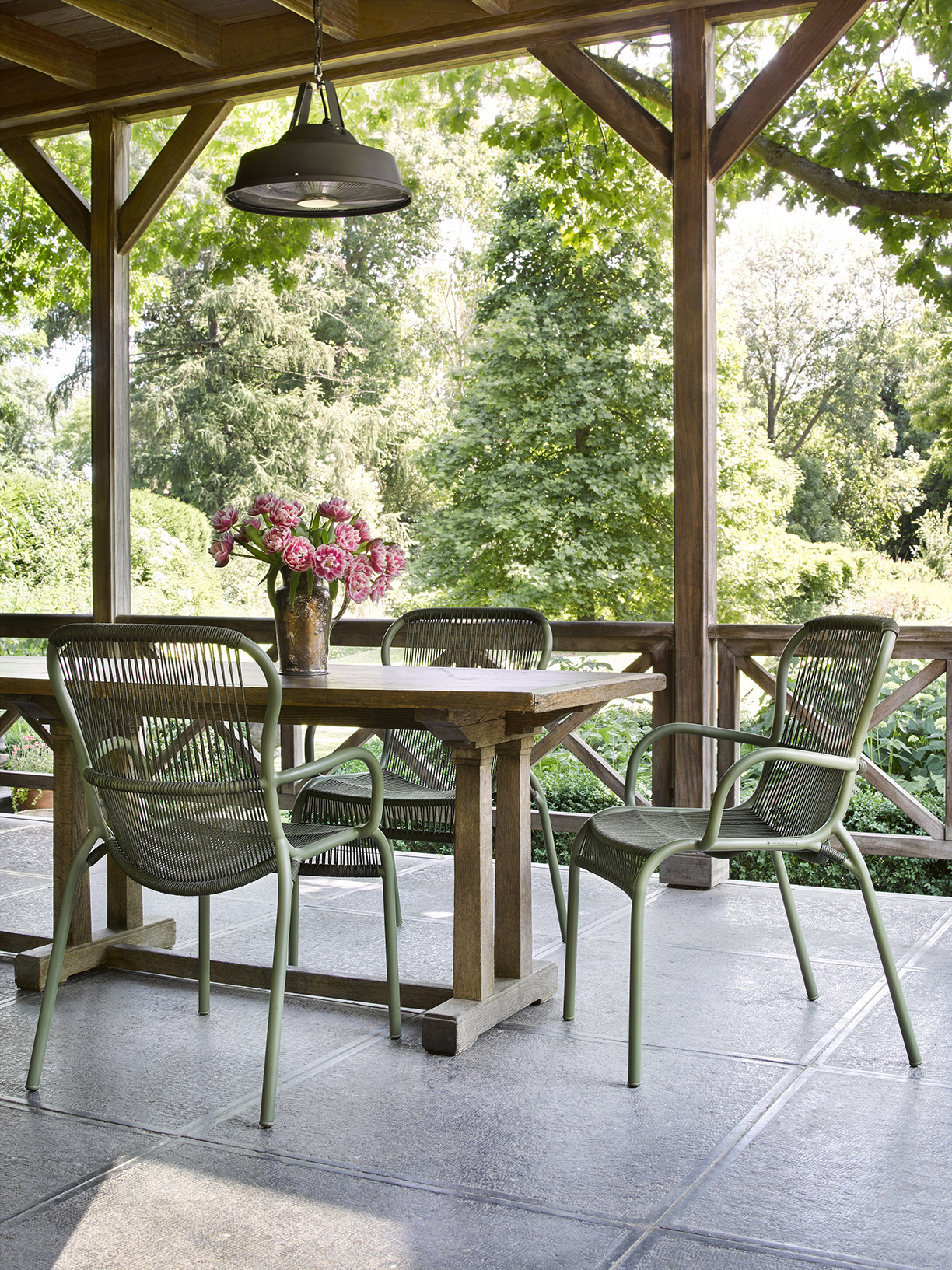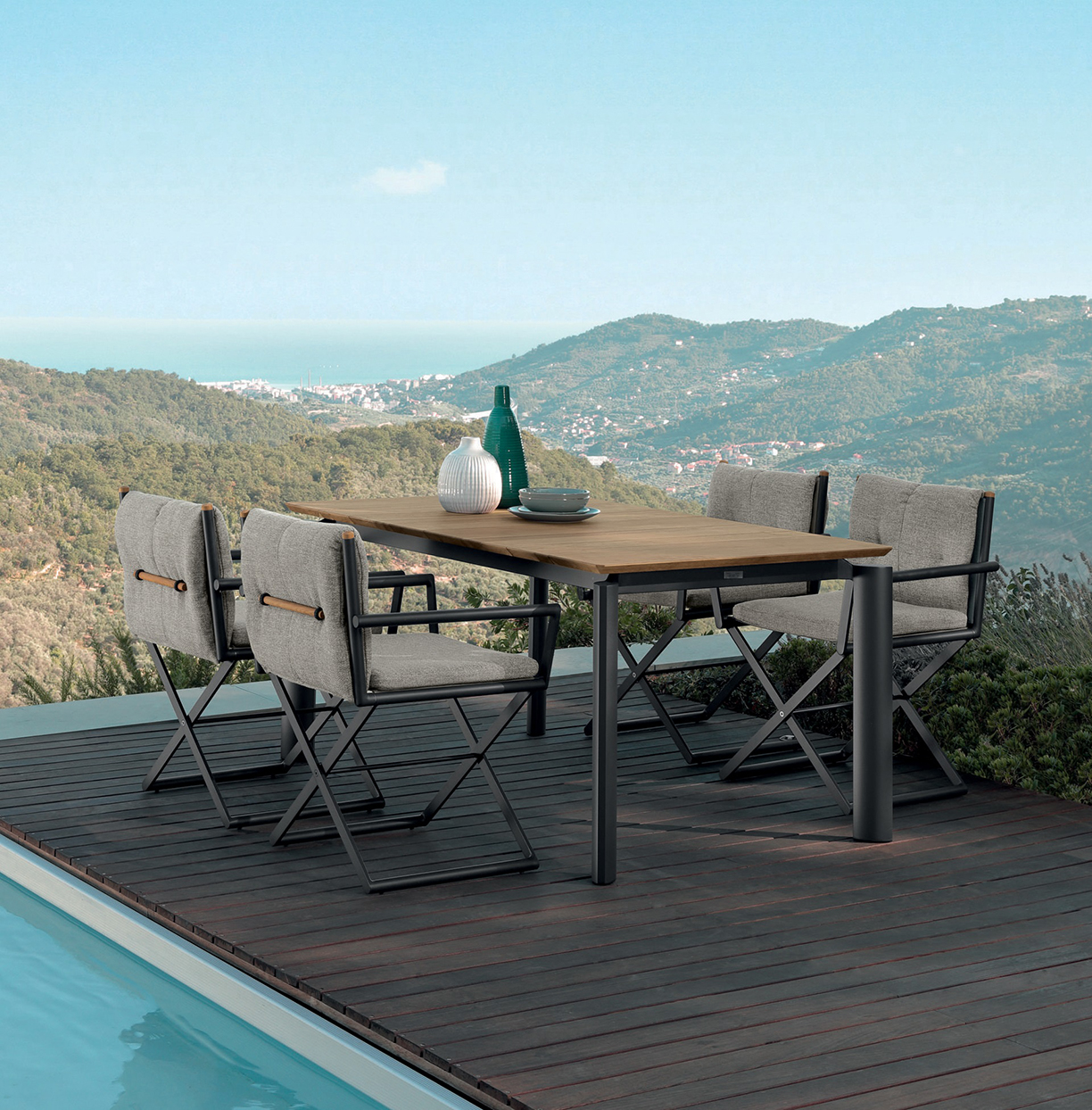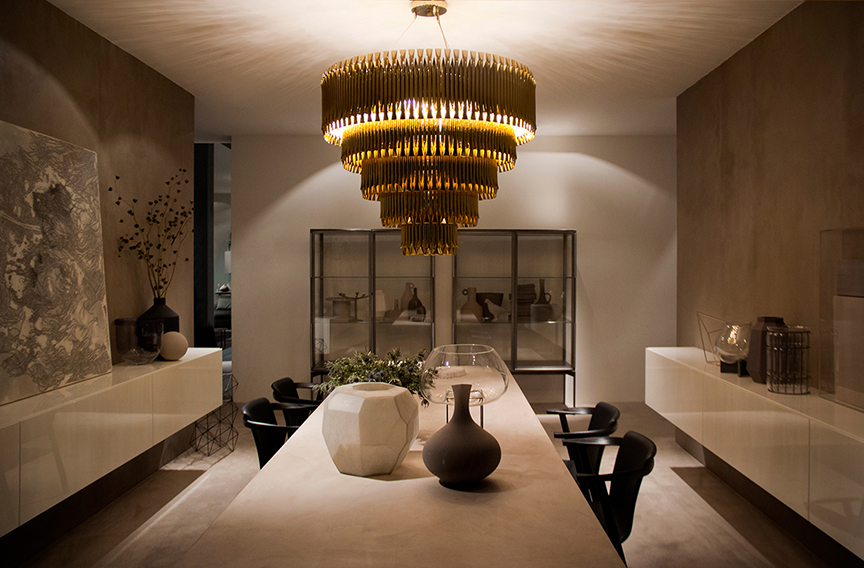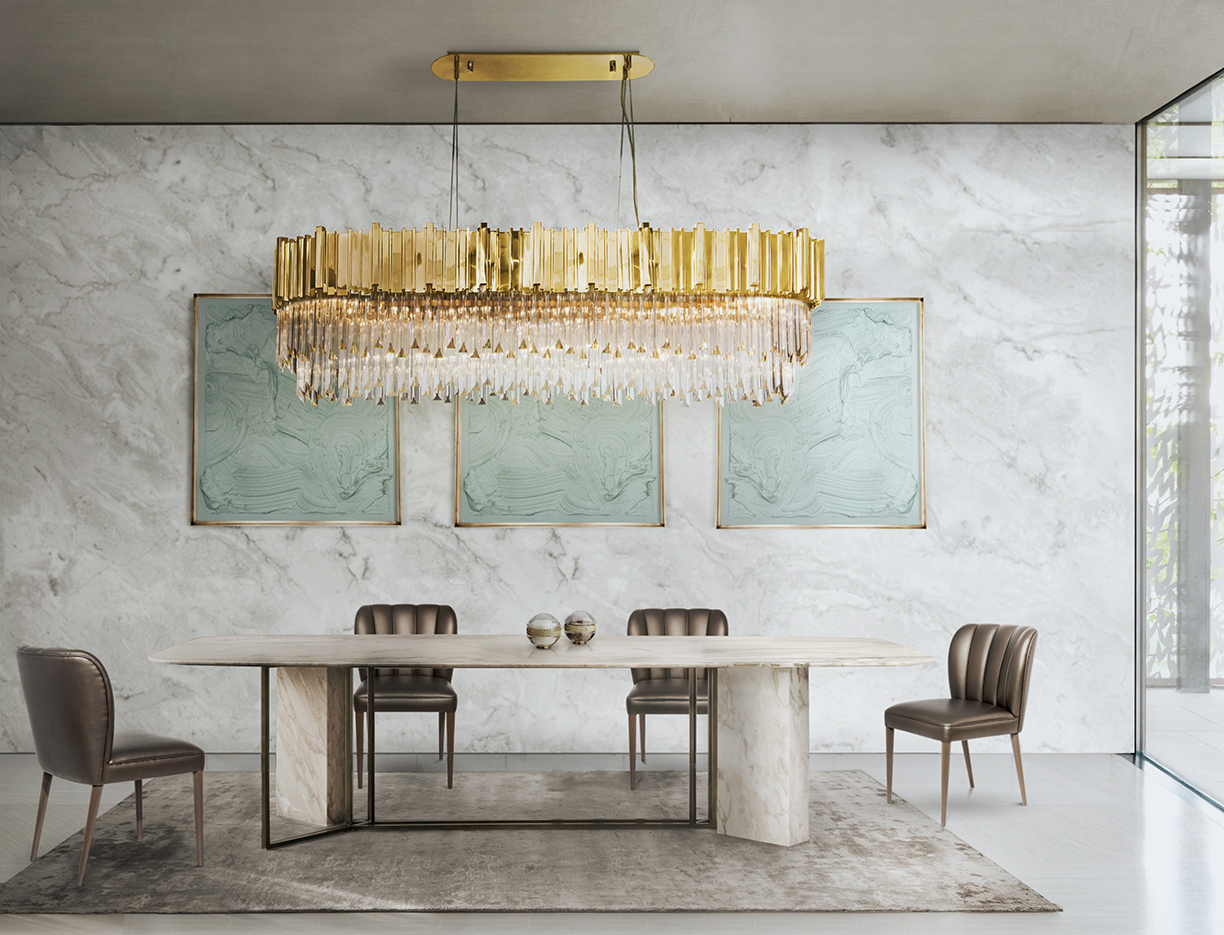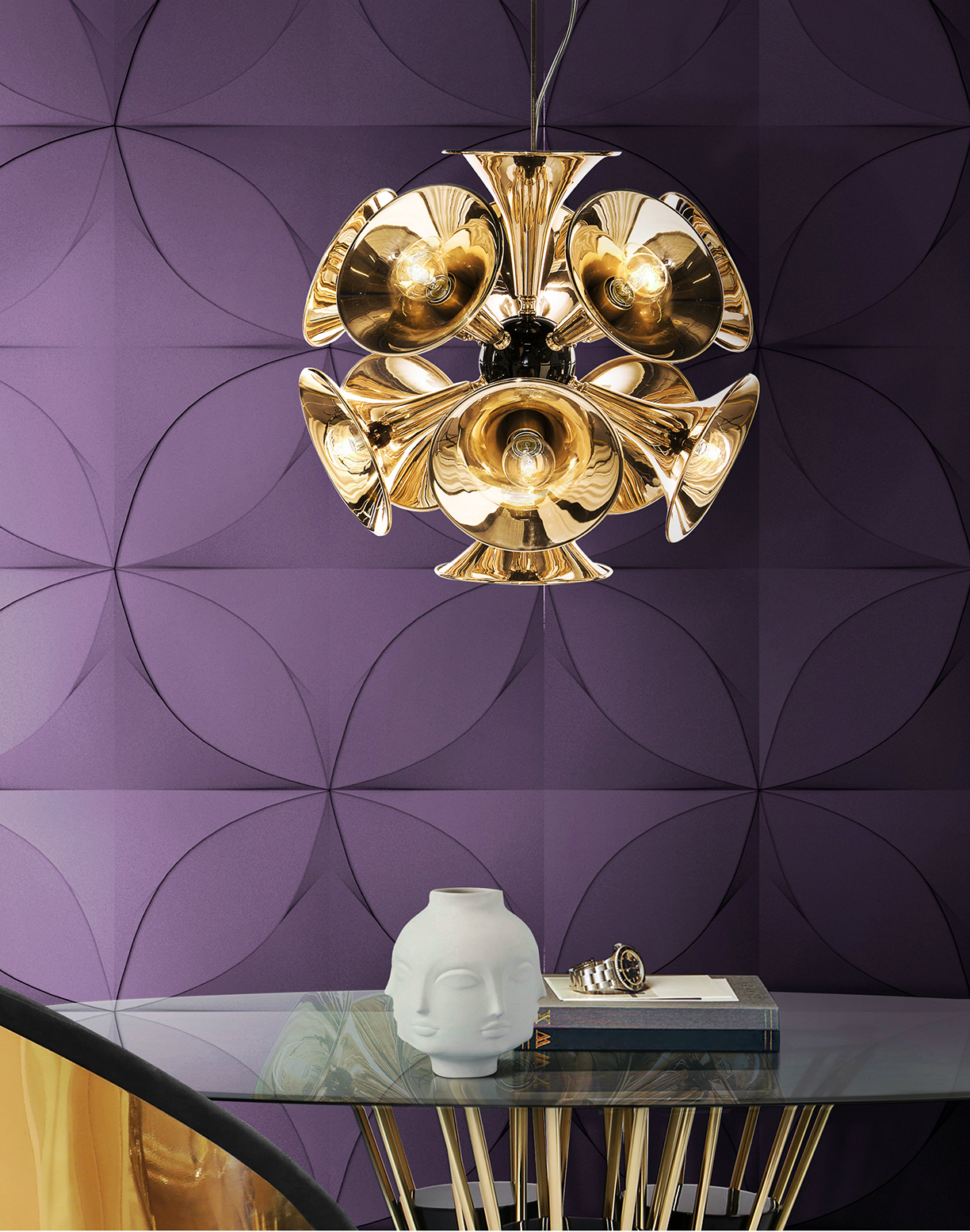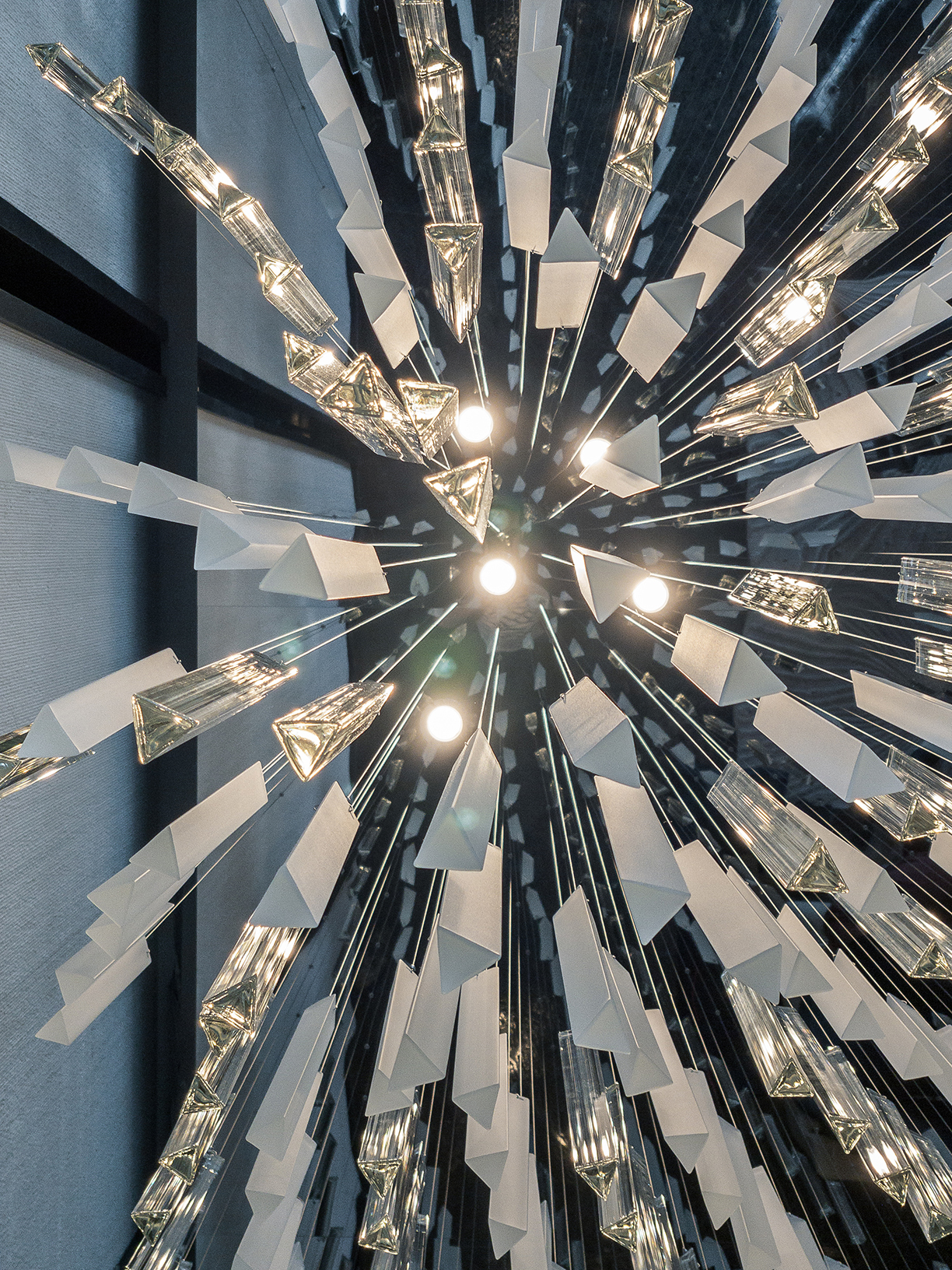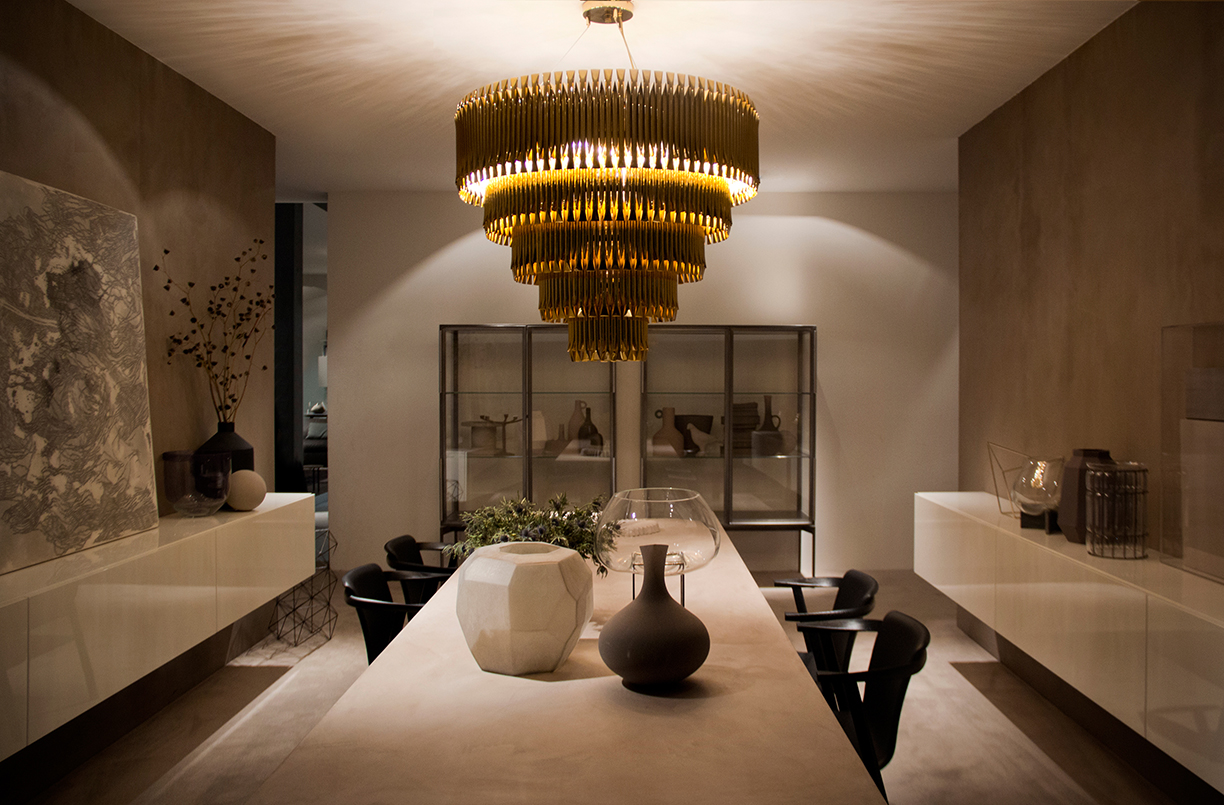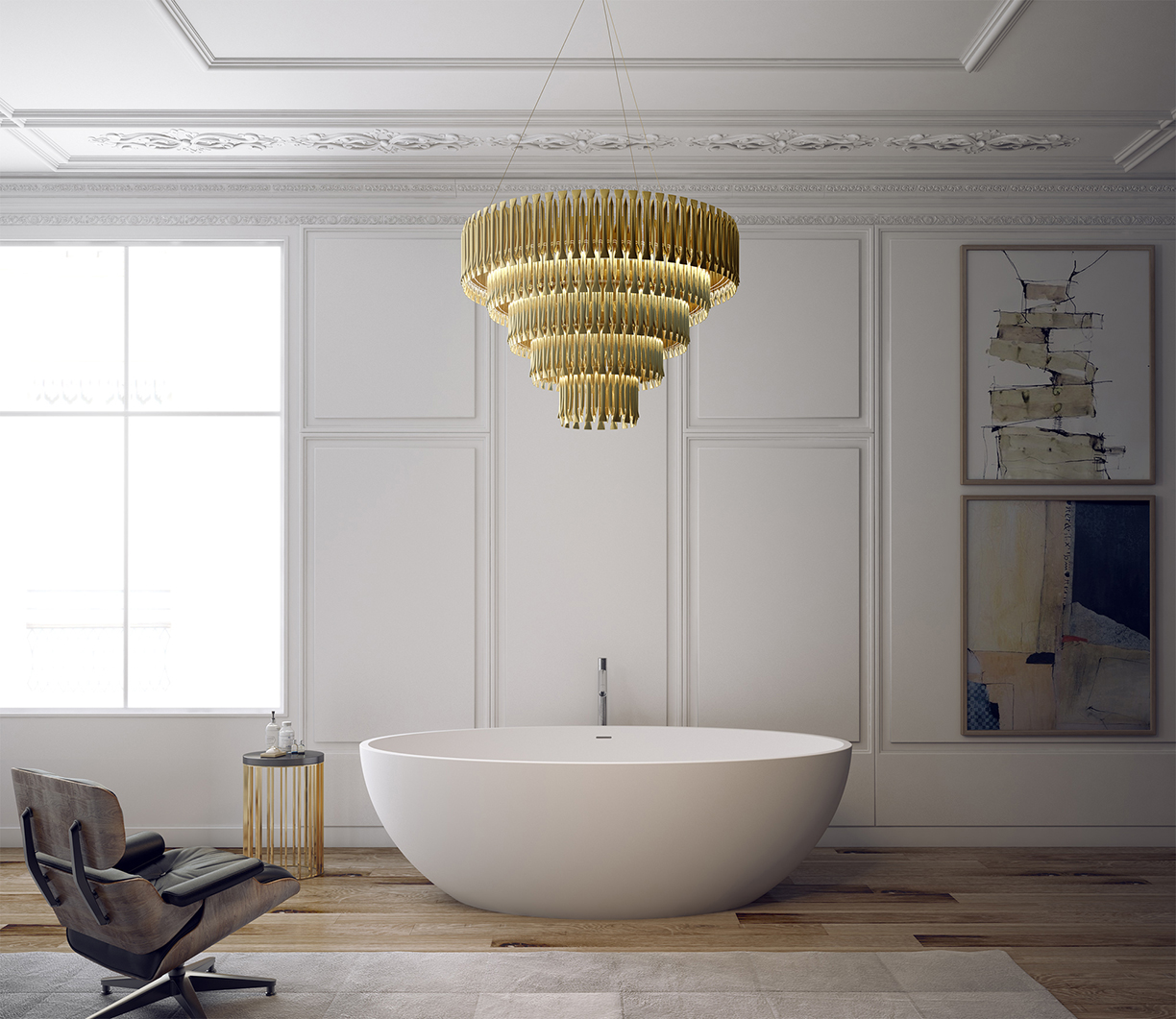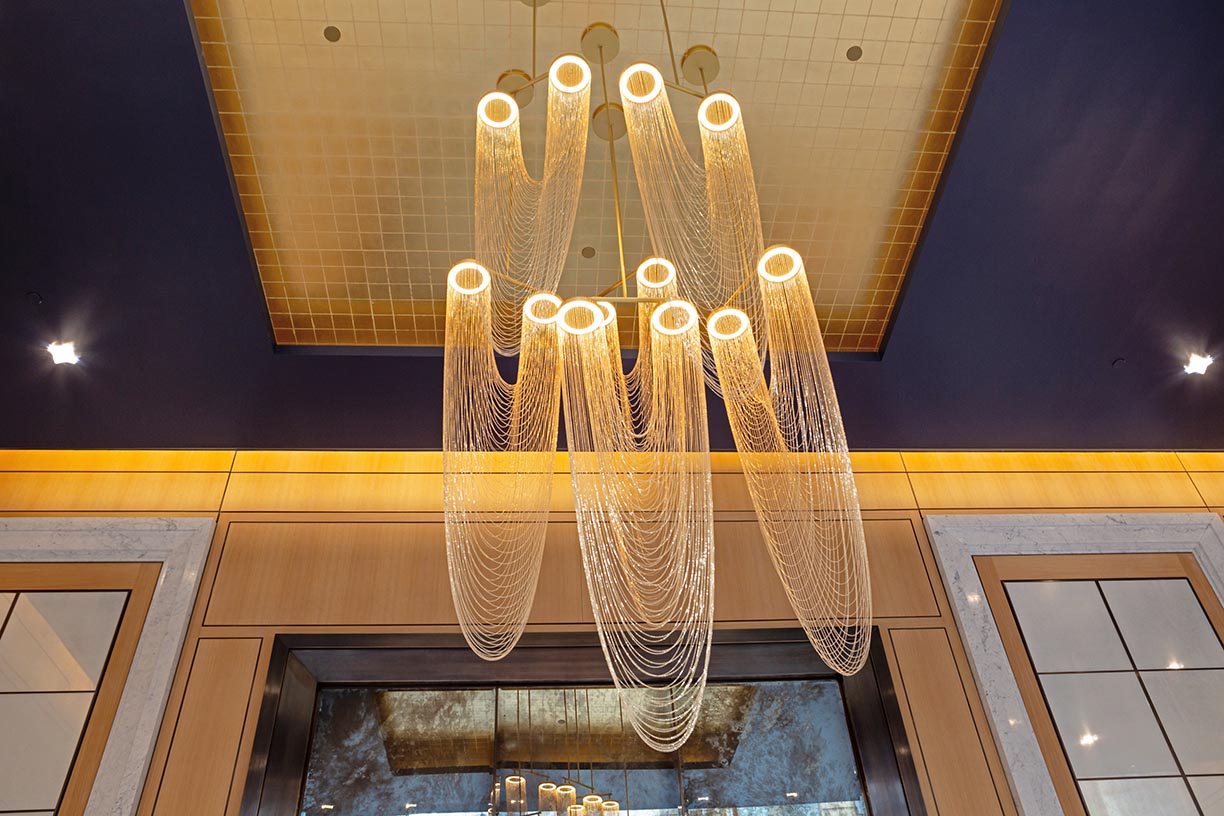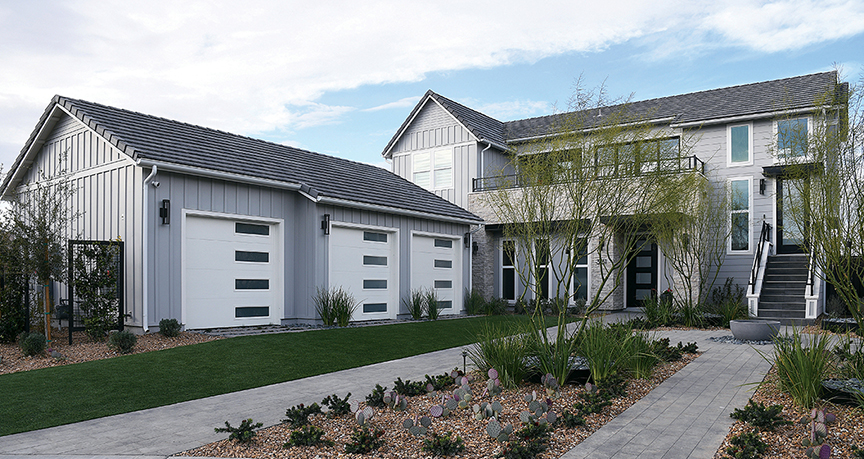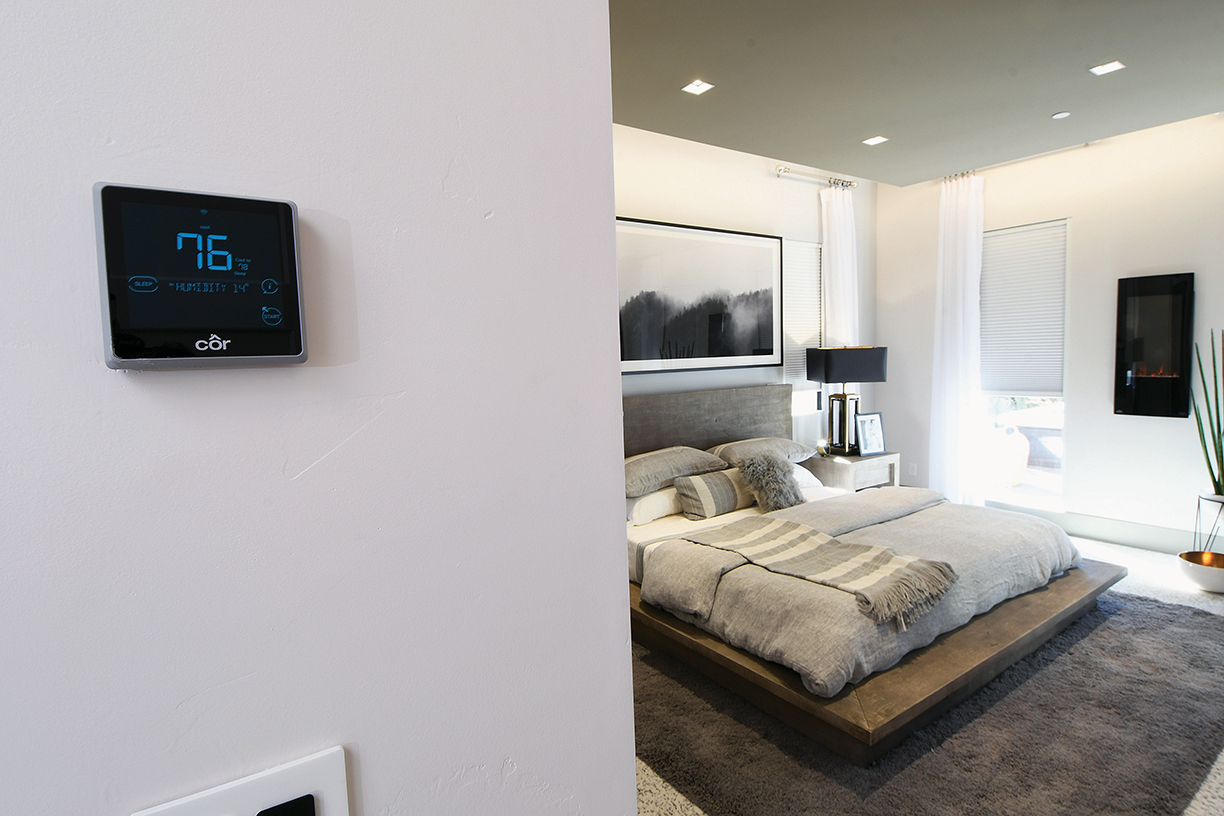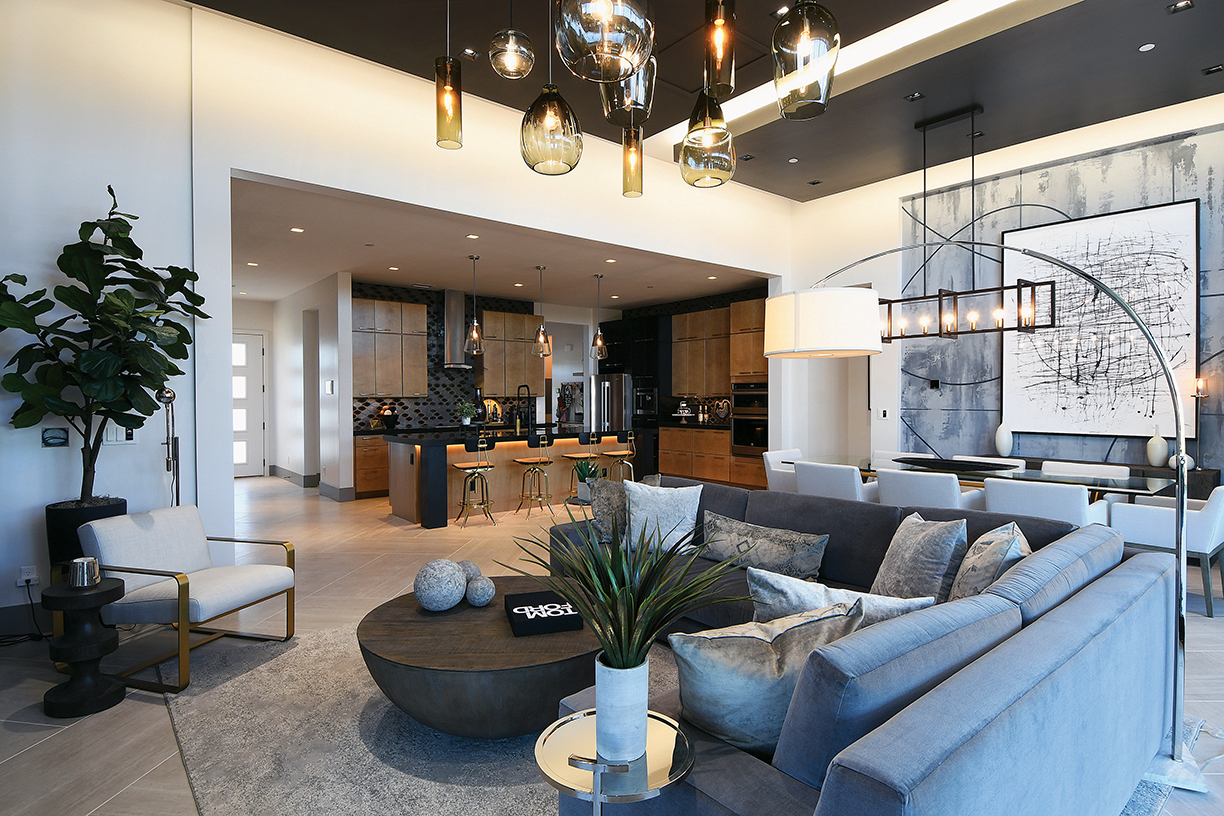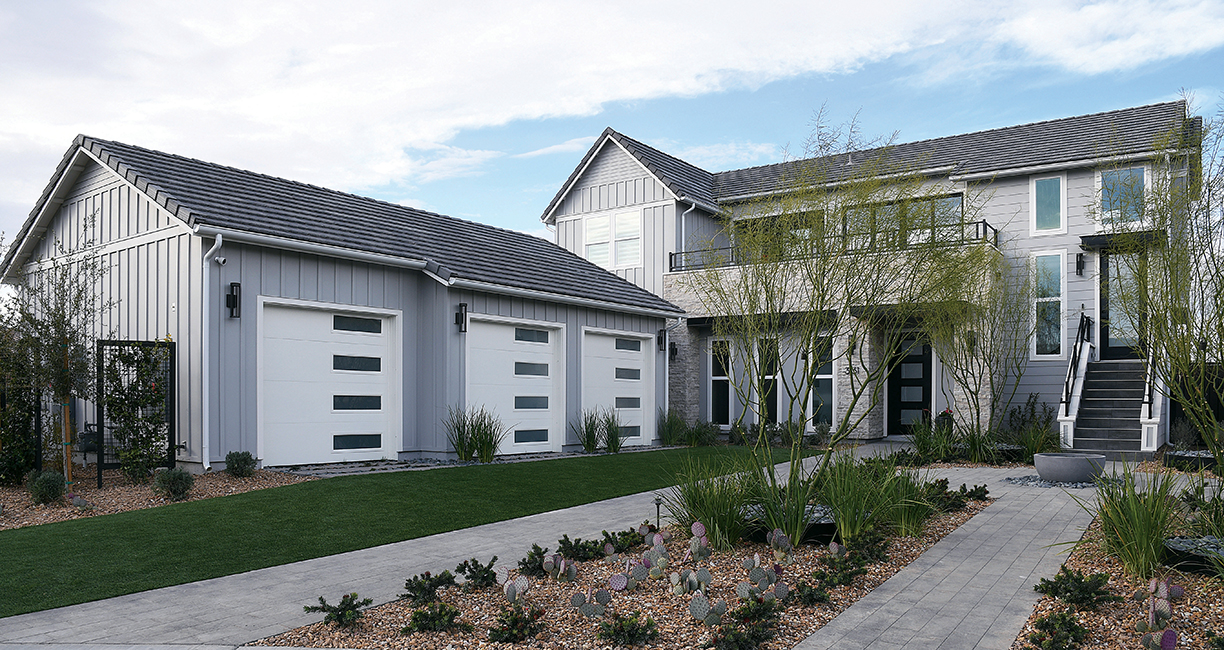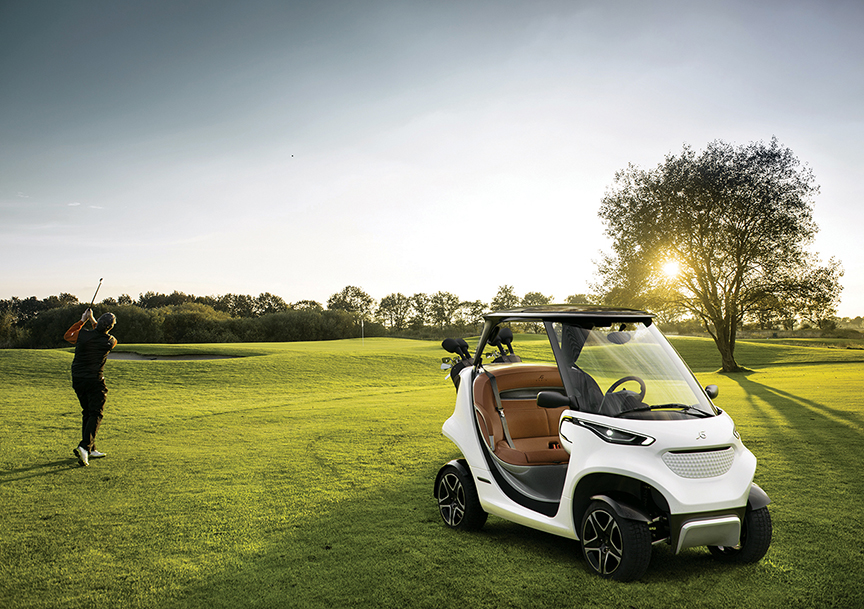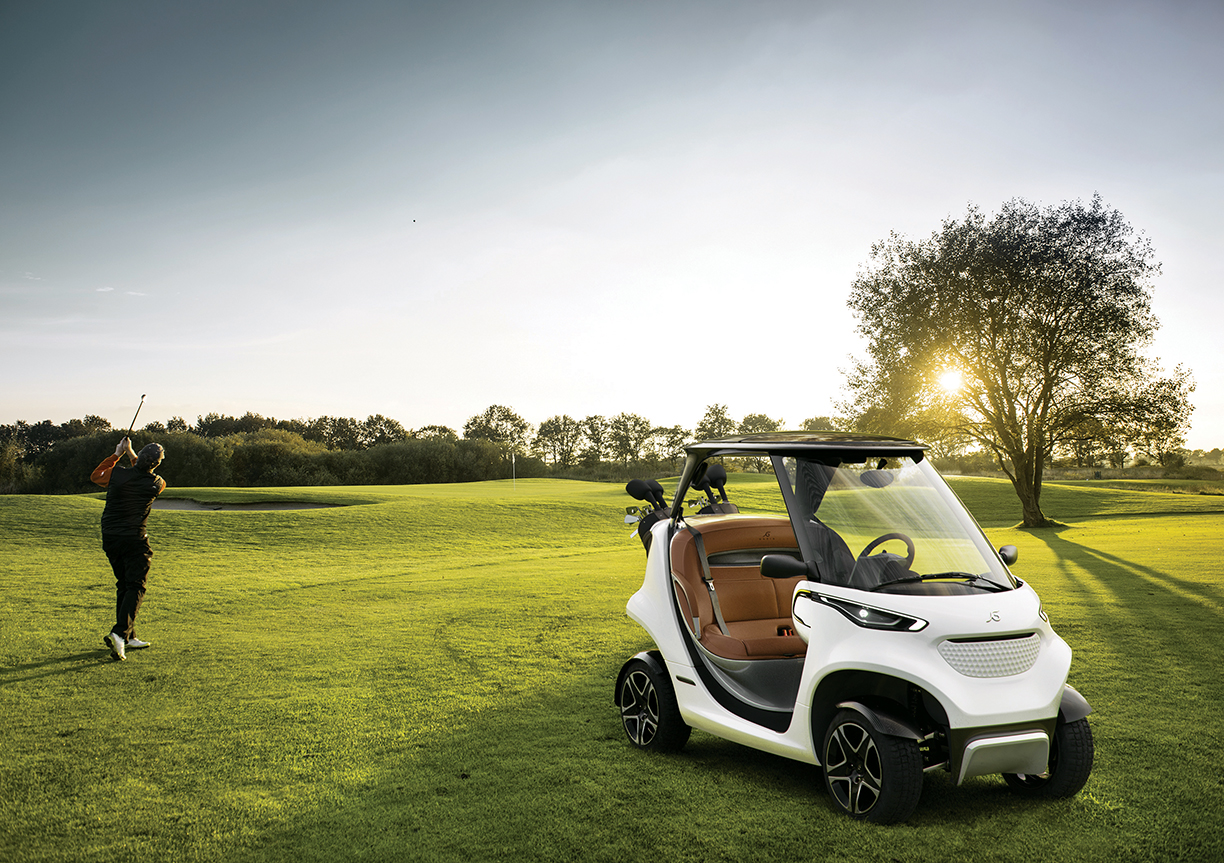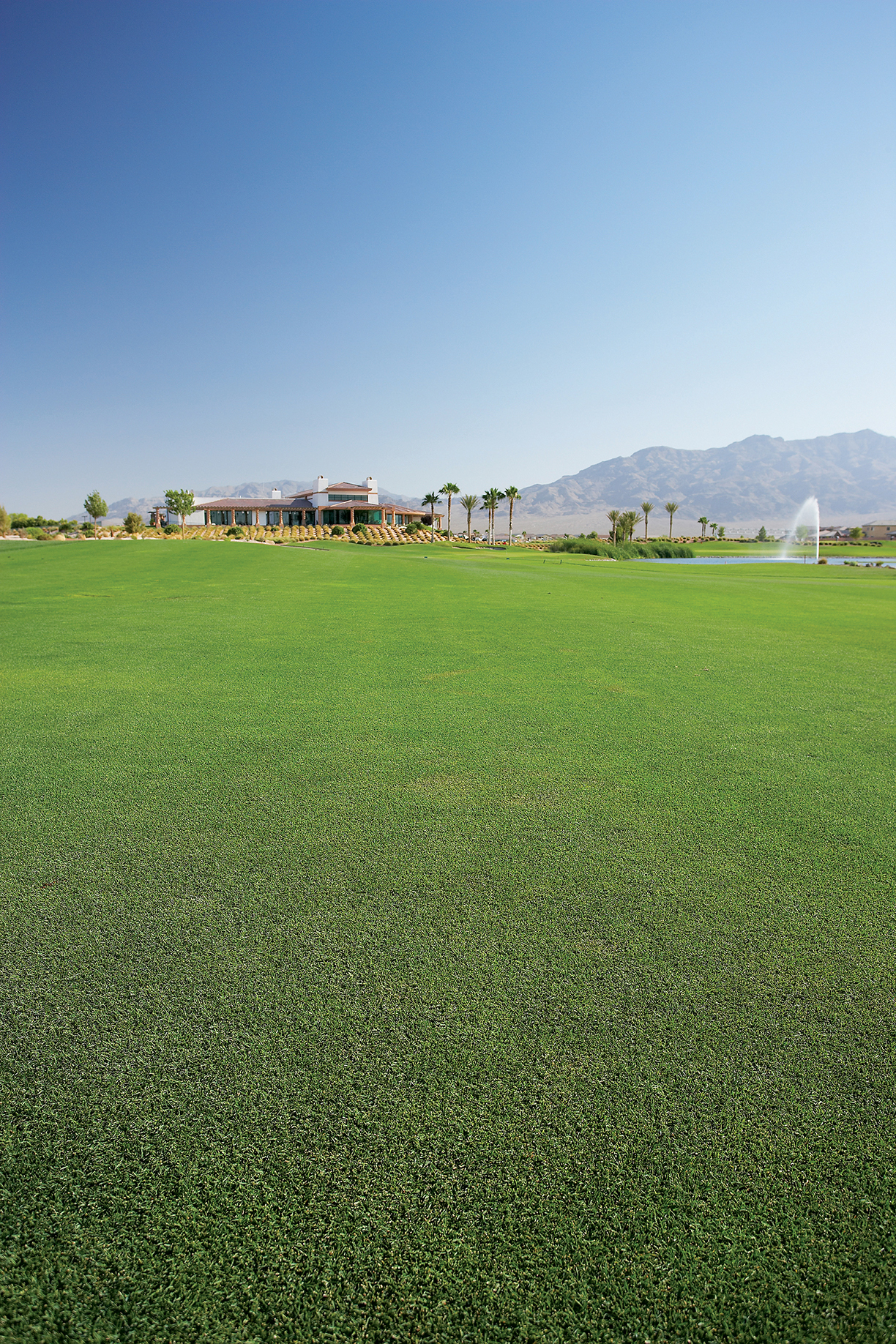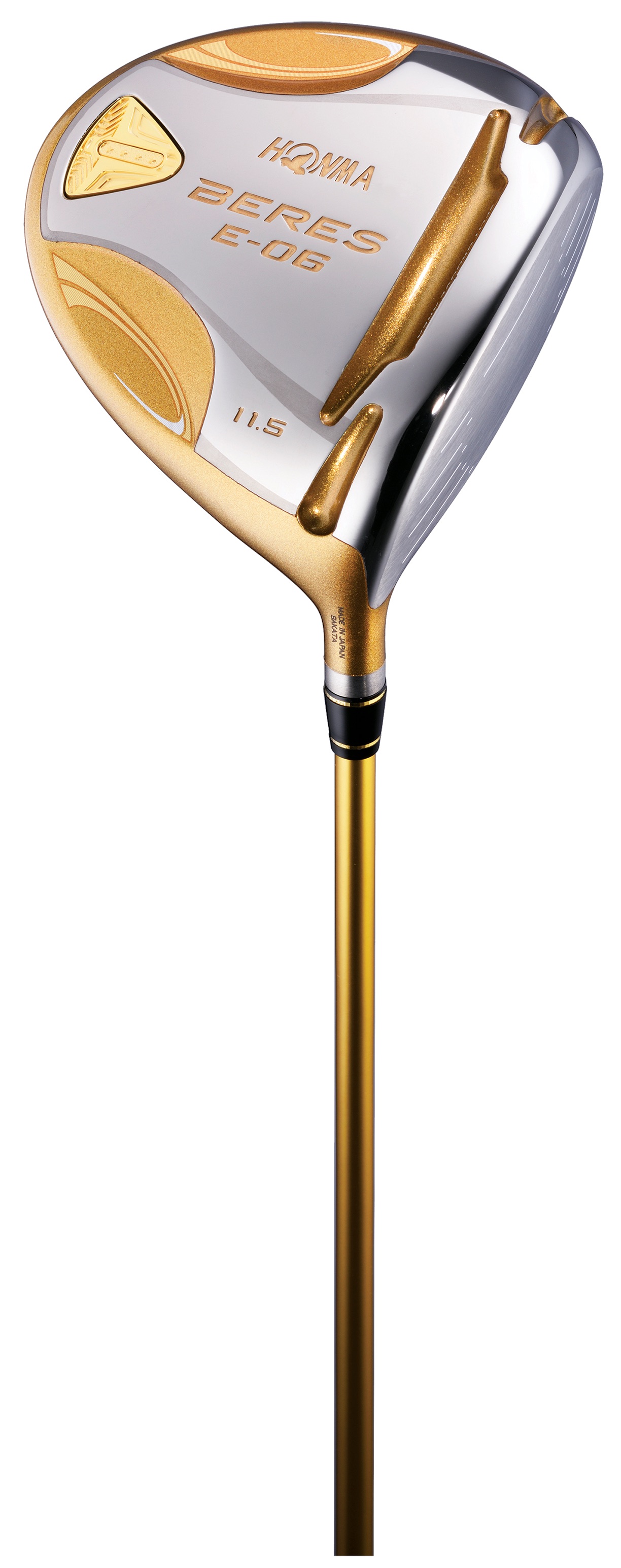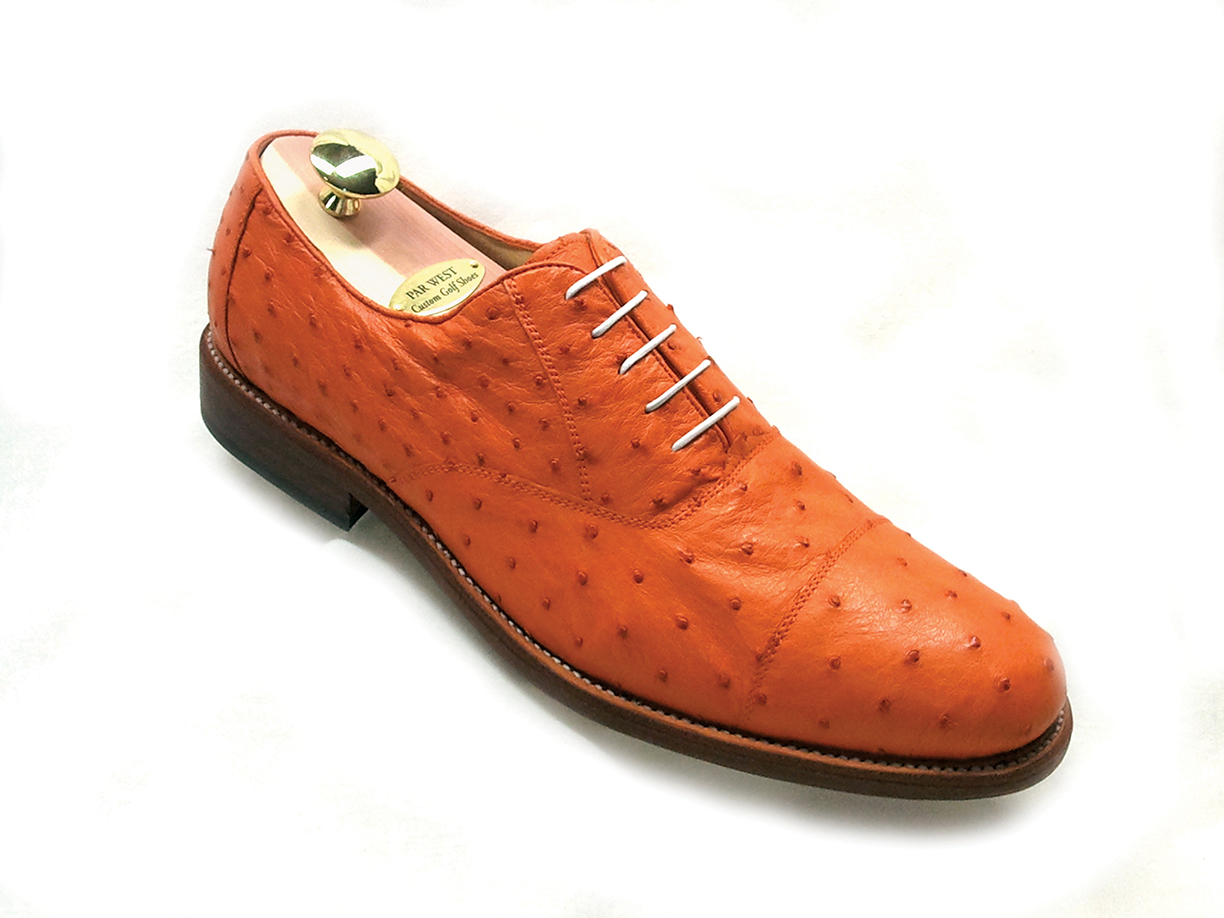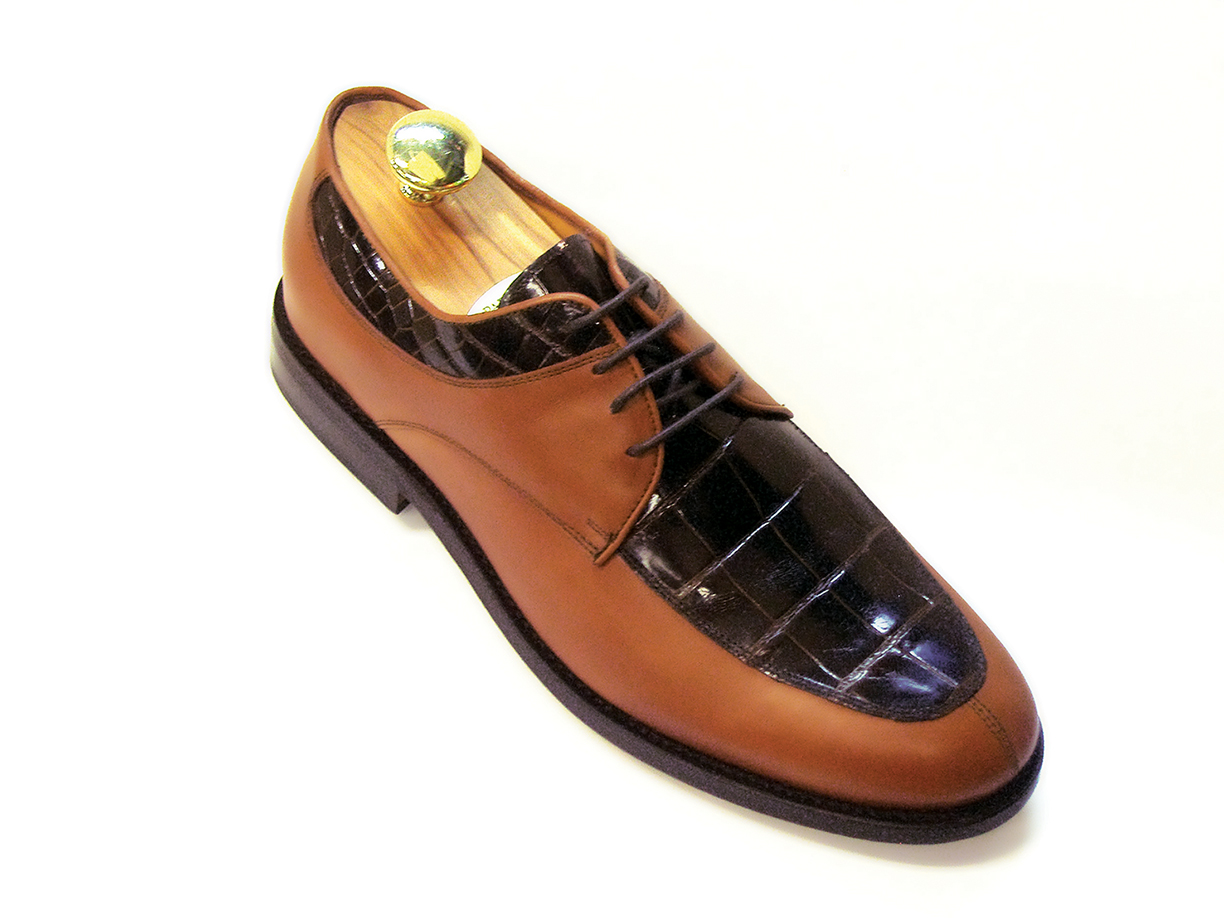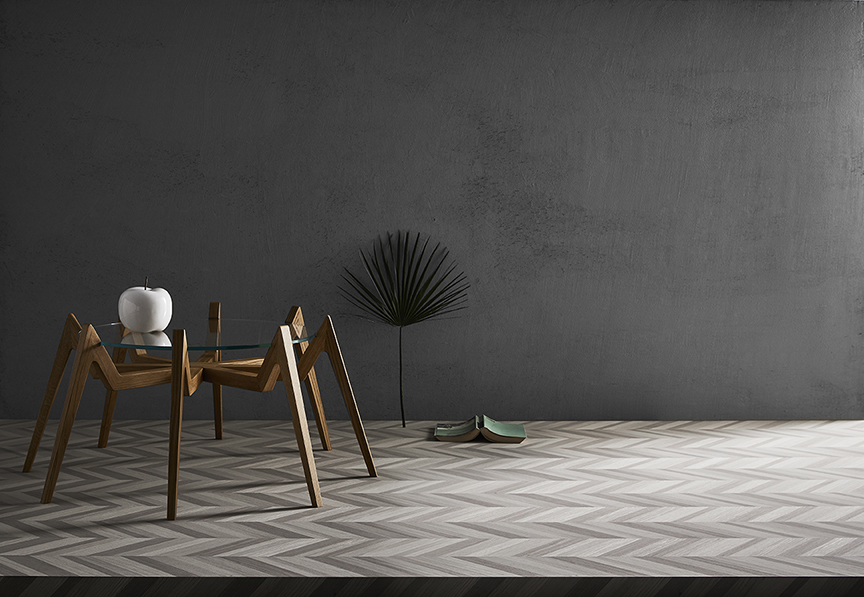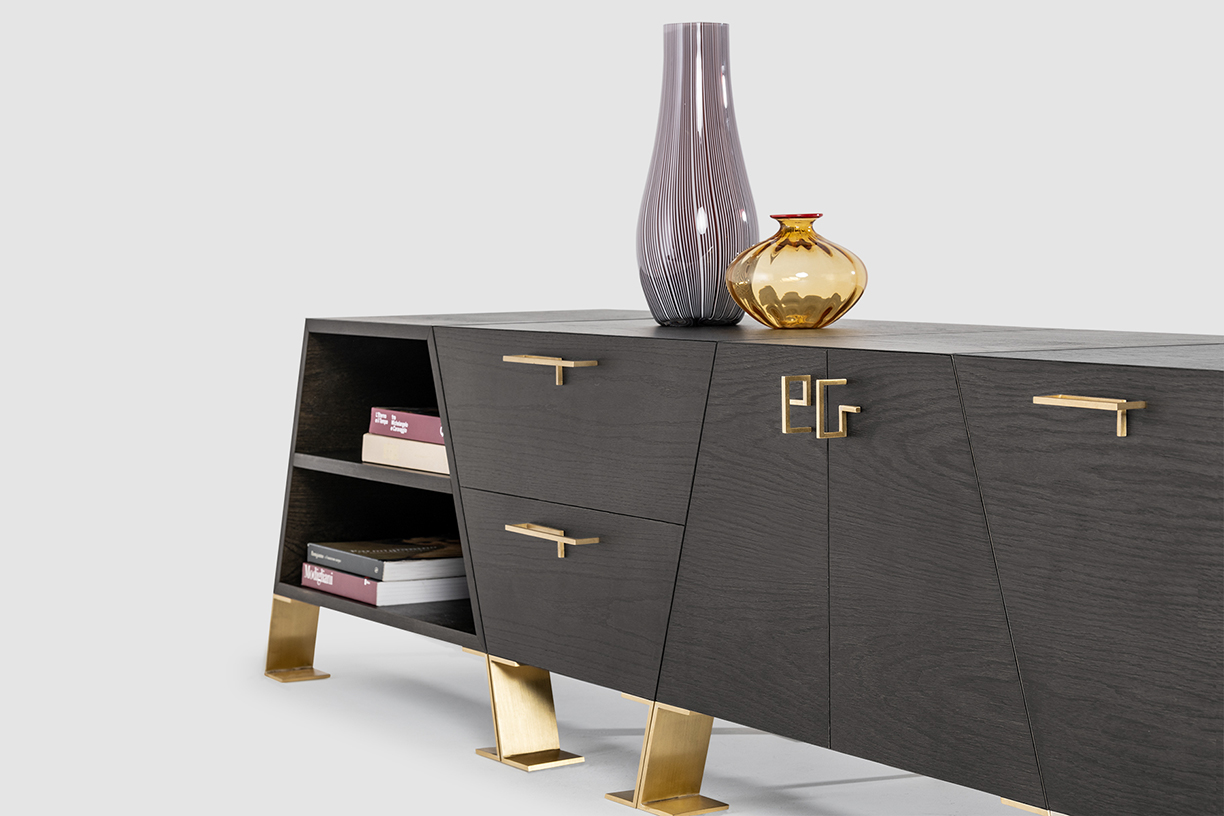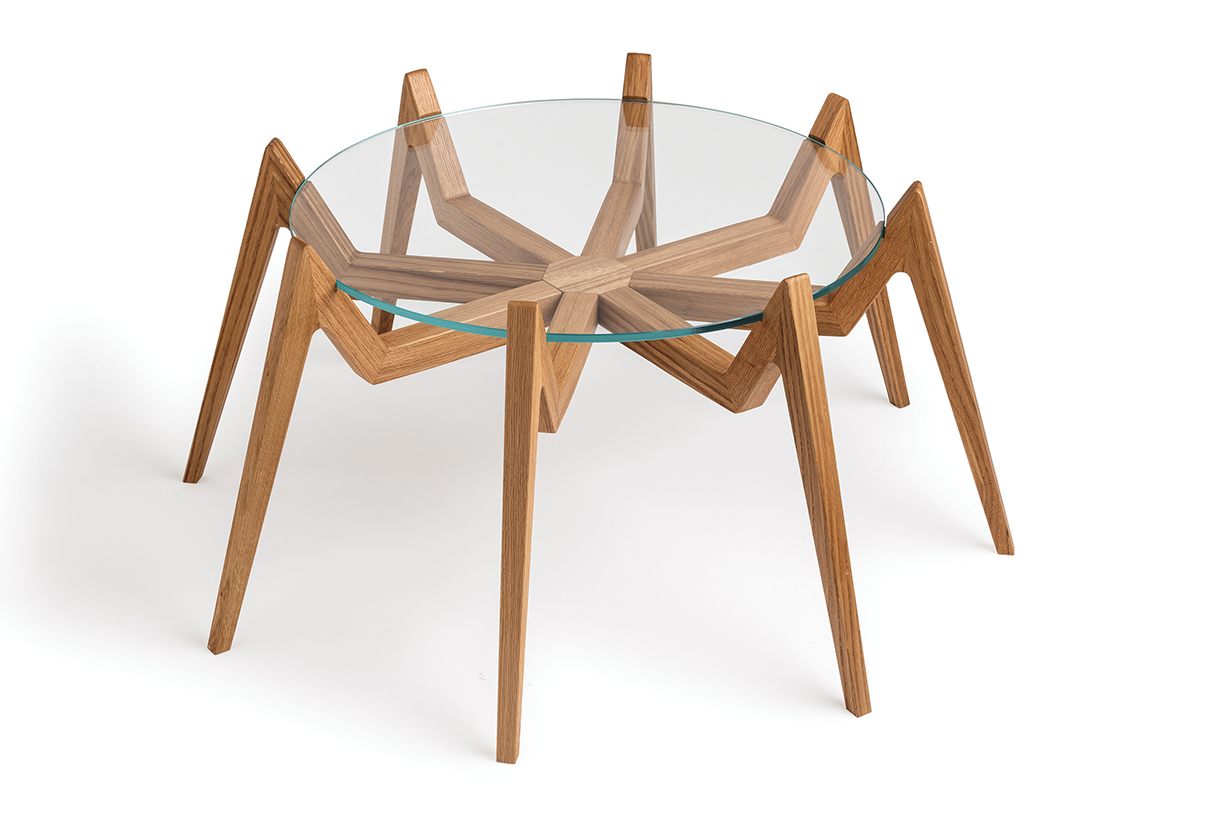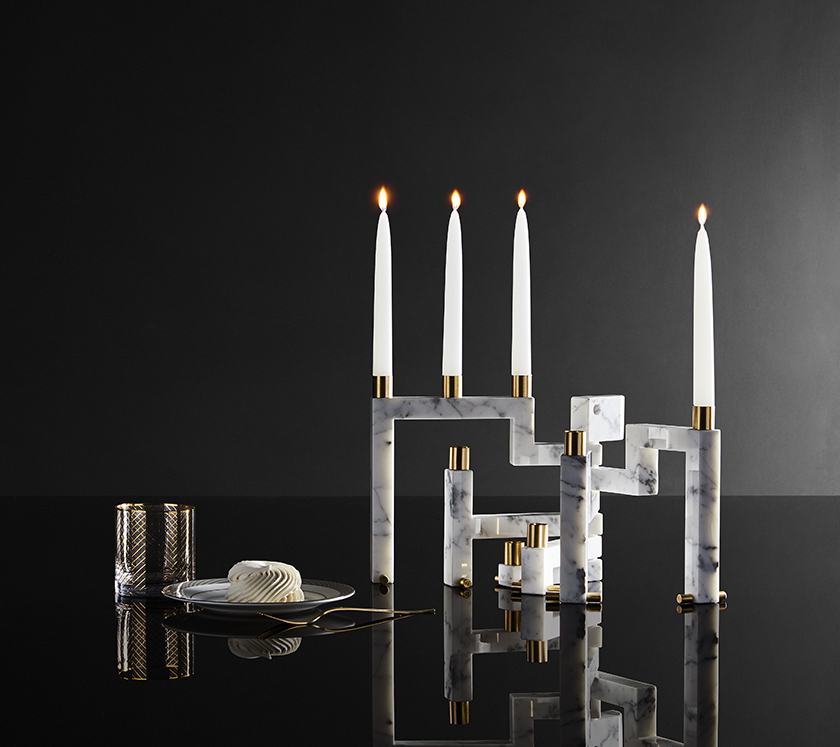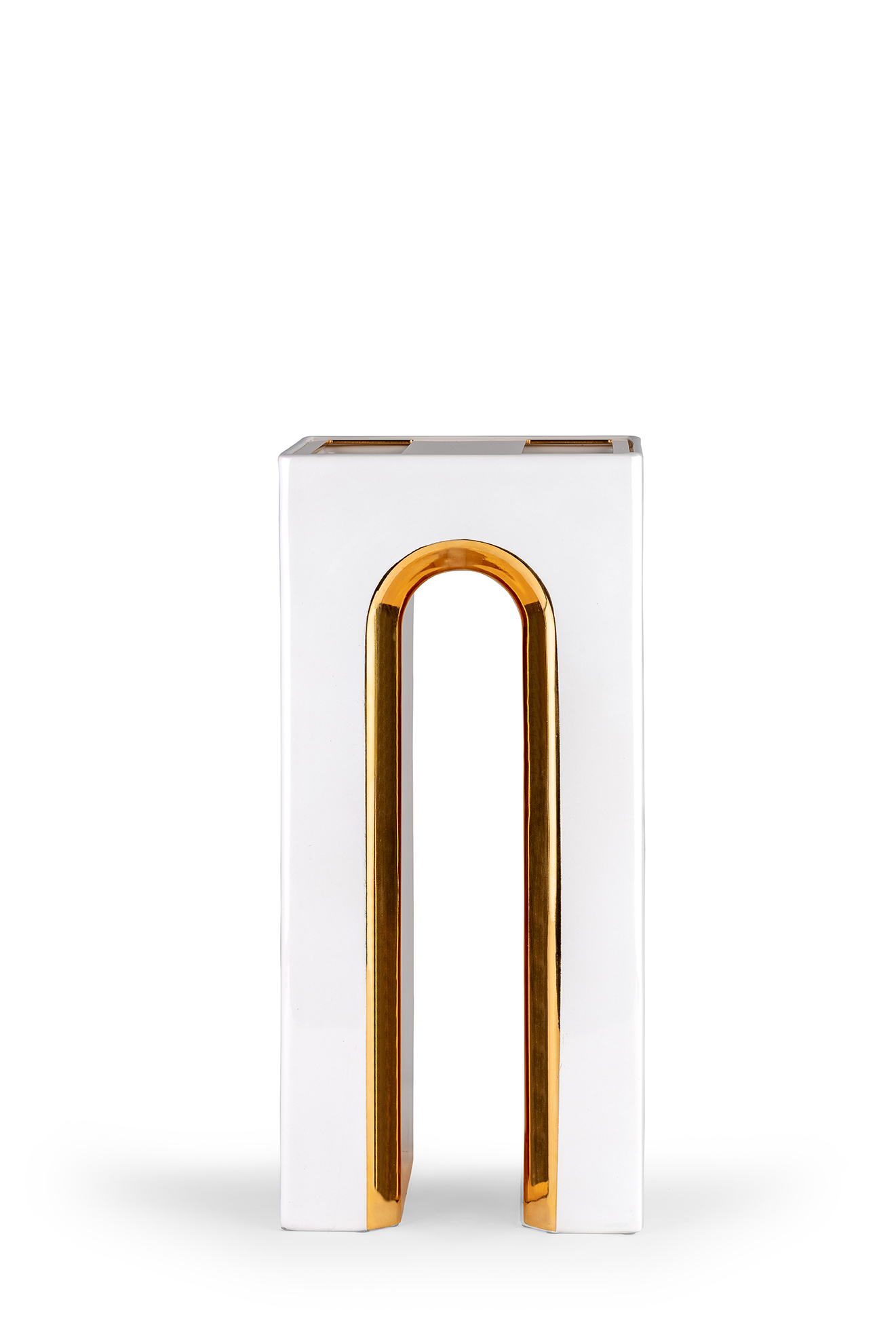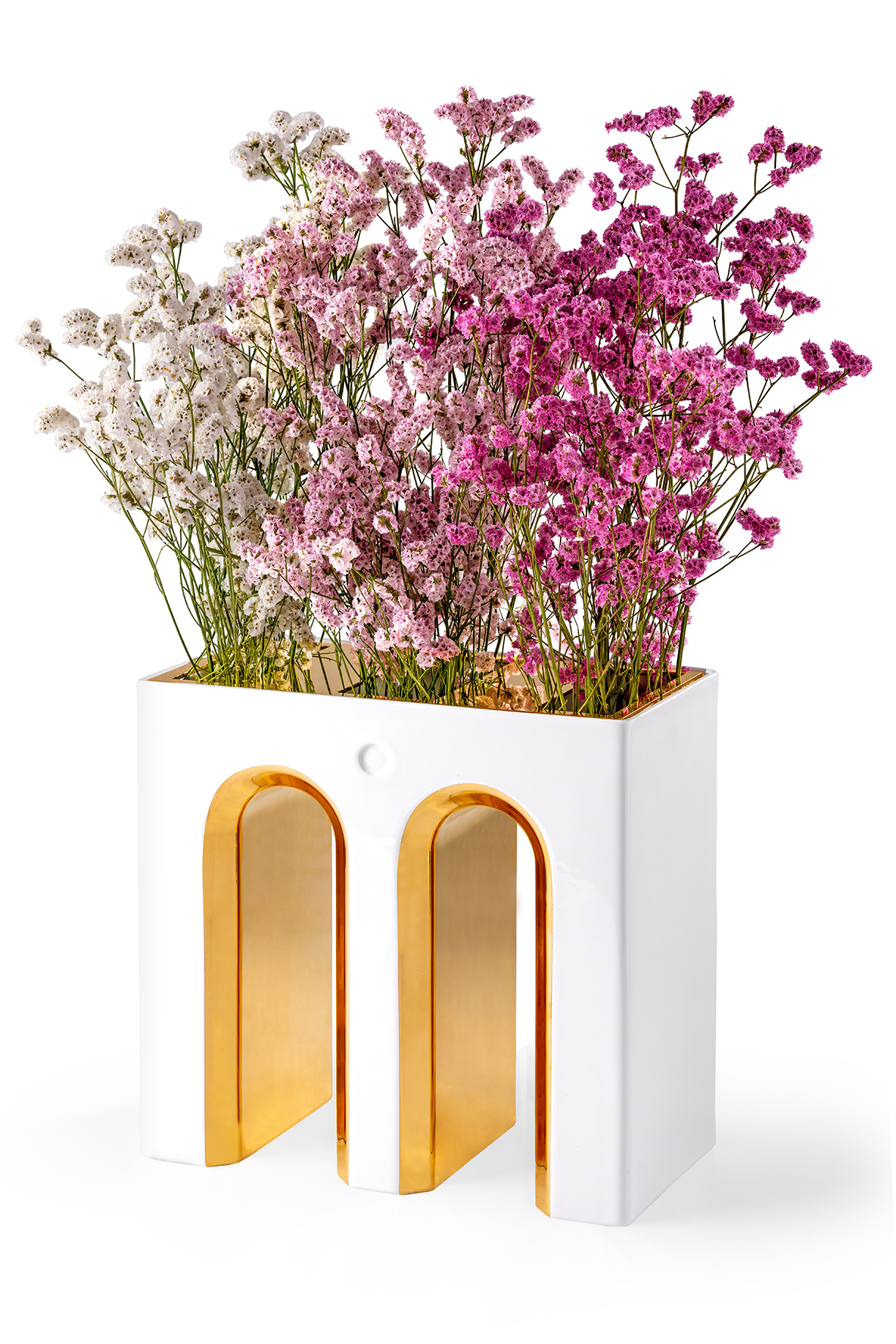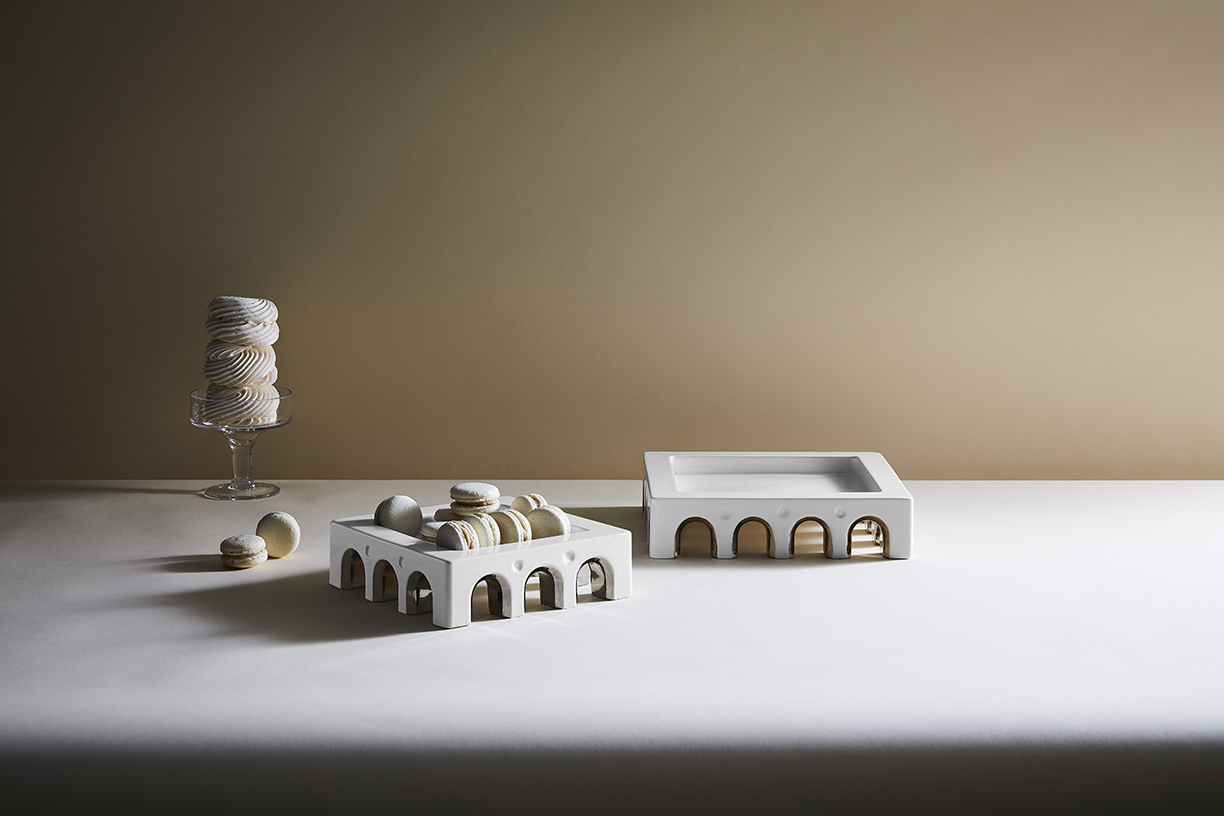No matter the lifestyle, wellness and the pursuit to live better has been a rising trend in today’s world. In 2018, Pinterest reported that searches for “self care” were up 140 percent year-over-year, with no mention of stopping. Recently surveyed by national paint brand Sherwin-Williams, homeowners and professional interior designers have also noticed this uptick in wellness and how it affects modern home design and décor. Looking to make your spaces “healthier”? Check out these recent trends to see how you can incorporate wellness into your home styling.
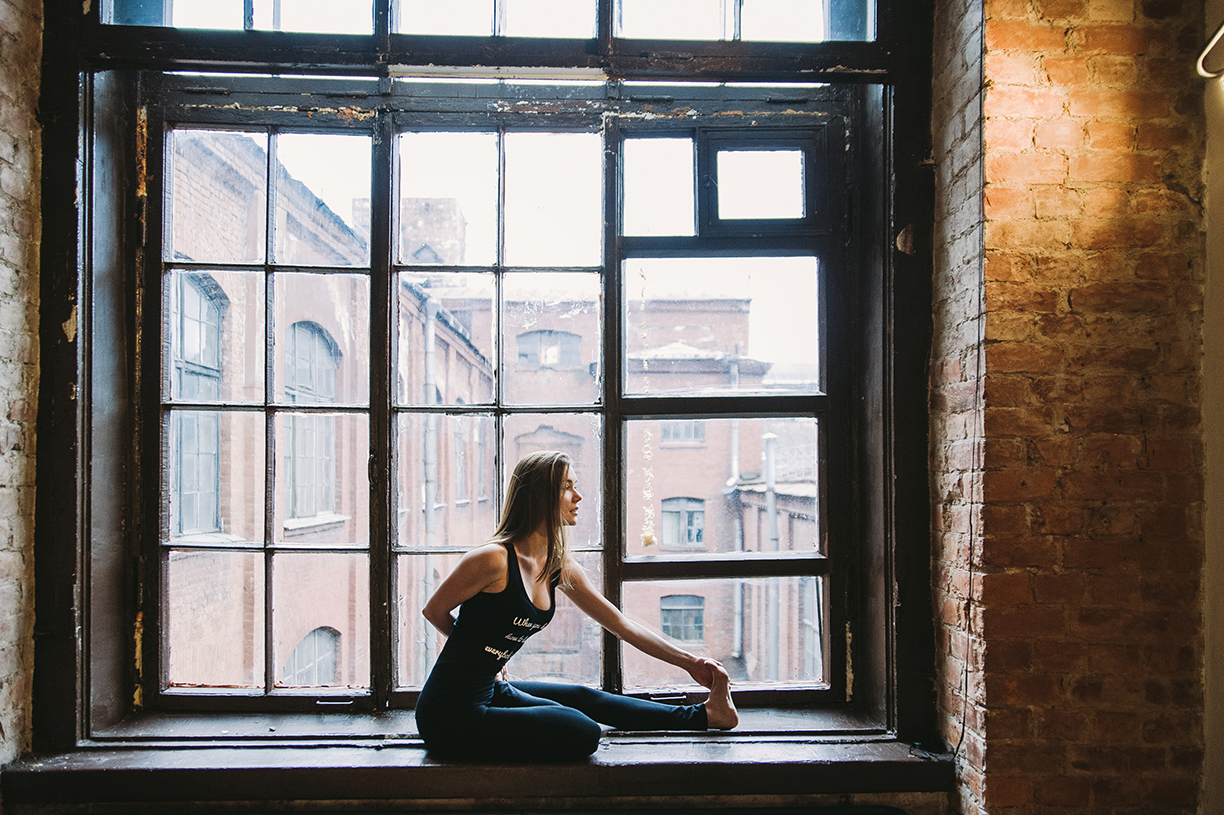
Self-Caring for Your Space
People are taking self-care beyond their body and into interiors. According to the survey, nearly 42 percent of designers say they have been asked to incorporate self-care into their designs. Twenty-nine percent of homeowners also take self-care into consideration when decorating their home.
The most popular way to bring wellness into a space also happens to be one of the easiest — natural light. Eighty-seven percent of designers use natural light to effortlessly reflect wellness.
Photo by Daria Shevtsova
Breathe It In
Improving indoor air quality is key for homeowners and designers looking to make changes. Over 54 percent of homeowners cite air quality as away they bring wellness into their homes, and 58 percent of designers use it as a tool to incorporate wellness.
Limiting volatile organic compounds, or VOCs, that are released through building materials is one of the best ways to improve air quality. This is done by using lower-VOC paints and other home improvement products that are sustainably sourced and have a low-carbon footprint.
Photo by Anamul Rezwan.

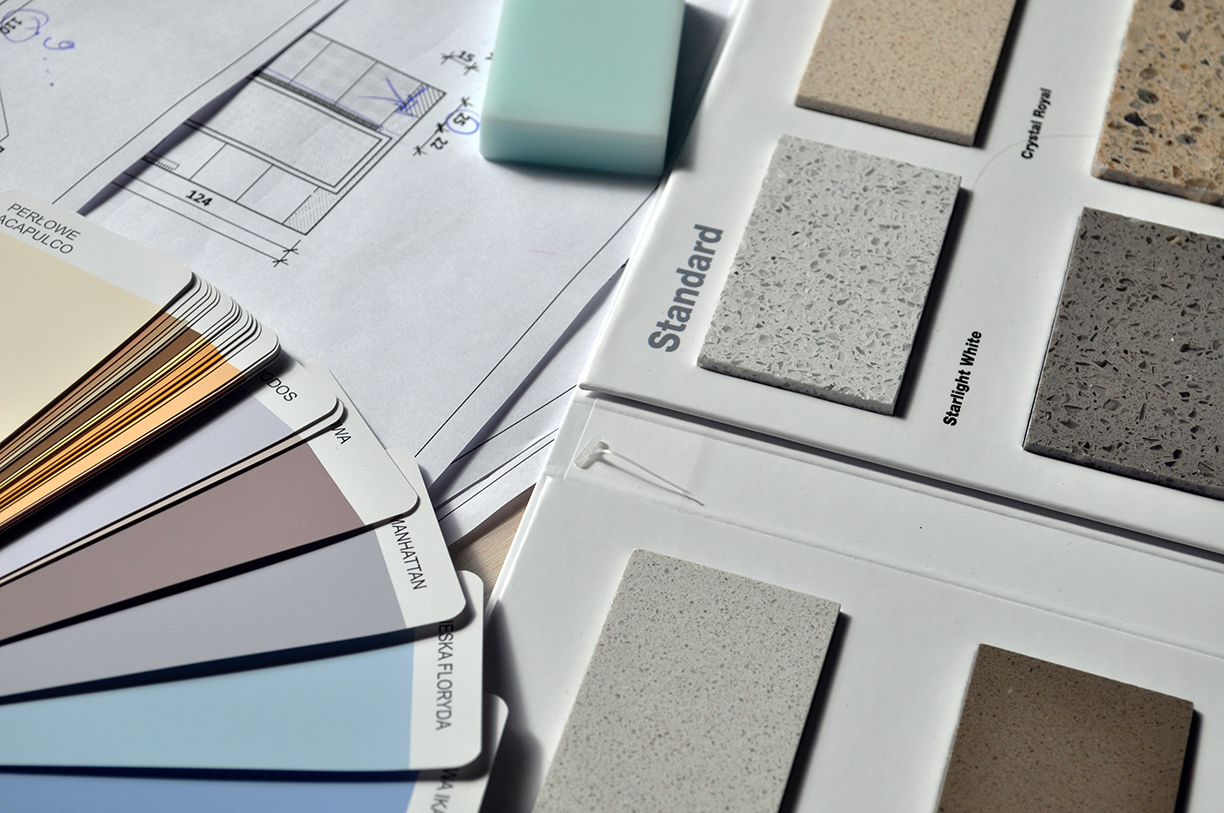
Color
When it comes to color, designers and homeowners do not see eye to eye on their top color choice that represents or stimulates wellness. Nearly 41 percent of designers say that green associates the most with wellness, whereas 34 percent of homeowners believe this color to be blue. Another popular color is white/gray, which 11 percent of designers and 18 percent of homeowners associate with the trend.
The color least likely to be associated with wellness? Red. Not a single designer and only 1 percent of homeowners reported that they associate this hue with wellness.
Photo by Pixabay.
Total Zen
In regard to specific spaces that are designed to promote wellness, homeowners different on their choice of which space was the best to achieve “total zen.” The top choices included a gym/fitness room (41 percent), a reading room (41 percent), and a greenhouse (38 percent). These choices differed from designers, who say that the most popular wellness rooms they’ve been asked to design in the past year include a reading room, a sauna/spa, a gym/fitness room, or a meditation room.
No matter the space, these insights into the wellness trends of today may better help you to find the wellness you crave from the comfort of your own home.
Photo by KatjaFiona.
